 Understanding Historic Preservation in a Dynamic Frame: The Graffiti Arts Program at the Carrie Blast Furnaces
Understanding Historic Preservation in a Dynamic Frame: The Graffiti Arts Program at the Carrie Blast Furnaces
The Carrie Furnaces are arguably one of Pittsburgh’s historic crown jewels. The only remaining intact prewar iron furnaces in the country, visiting the Furnaces provides the visitor with a tactile and powerful sense of one of Pittsburgh’s key threads for its identity: the iron and steel industry. The space with the towering and rusty furnaces with the iconic deer head surrounded by the verdant green of the grounds and the iron gardens generates a sense of awe.
I became acquainted with the Furnaces through my research on graffiti, which I have been involved in for the past ten years. I’ve studied the art form in the U.S., Mexico, France, and Germany, conducted hundreds of interviews and visited dozens of sites. When I moved to Pittsburgh to take a job at Pitt as an Assistant Professor of Communication, I wanted to know where the permission sites were in the city.
For the uninitiated, graffiti, or, style writing as many practitioners name it, is a form of expression that relies on complicated networks and spaces and it is not as simple as legal or illegal. Permission is what wall owners, communities, and sometimes the government provide to say that the expression is supported by more than the writer (writer is what most practitioners call themselves). Permission might not always be strictly legal, but it involves the assent and/or consent of multiple stakeholders. There are famous permission sites, like the Wall of Fame and (now destroyed) 5Pointz in New York; in Mexico City’s Centro Histórico Calle Regina and San Jeronimo are two of many places where one can find permission murals; and in Miami the Museum of Graffiti provides one example of institutionally sponsored works that function within the register of fine art. In Pittsburgh we have had fewer sites. In Homewood there is a beautiful permission wall, and until 2012 the Eliza Furnace Trail had a permission section. Permission walls are all run differently. Some are curated, like that of 5Pointz or the Museum of Graffiti. Some are “free walls” where anyone can walk up and paint—Austin has such a space. Others are sponsored—Red Bull has become a key sponsor for many graffiti events. They also are painted at different times—some stay the same for months at a time, others rotate daily, yet others are created in vibrant festival settings while others are more low-key.
There is much value in having permission walls in a city. First, they allow what I call “spaces for encounter”: spaces for multiple people to connect, explore, and engage with their home and its histories. Encounters are vital to a democratic society. Second, they have a pedagogical function: they help educate broader publics about the importance, history, and possibilities of graffiti art, breaking stereotypes that it is nothing but mindless vandalism (it’s not). It also provides much needed space for youth to practice in low-risk context—many have been seriously injured or died fleeing police—it’s important to have places for youth to express themselves. Third, it is crucial for the development of style – at such walls where one can paint at a leisurely pace, it is possible to implement more elaborate works, pushing what many writers name the “evolution” of style.
The Graffiti Arts Program with Rivers of Steel provides one permission wall in Pittsburgh. It is a curation model complemented by an education program and is run by Shane Pilster. I met Shane when I started developing a program named Hemispheric Conversations Urban Art Project (pronounced “hiccup”) with Oreen Cohen, and co-founded by myself, Oreen, and Shane in 2016. We were joined by Max Gonzales as a co-organizer in 2018. HCUAP has the goal of using urban art as a platform for dialogue and public engagement about issues like conscious development, youth voice, postindustrial history, and we produce murals, public conversations, and offer youth street art workshops. All of our programming is free. Shane’s role as curator of the permission spaces at the Furnaces has been key for our programming and led to our ongoing partnership with Rivers of Steel. In what follows I discuss what I have learned about the Graffiti Arts Program, how we have collaborated with Rivers of Steel and that particular program, and conclude with some reflections.
 Graffiti Art Tours: Including the Whole History
Graffiti Art Tours: Including the Whole History
Changing from a commercial iron blast furnace to a closed site that was largely dismantled for scrap metal, the dormant site became an unofficial center for urban explorers, guerilla artists, and graffiti writers. Like many industrial sites, the 1980s spelled the end of the Carrie Furnaces as an active manufacturing site. During the postindustrial period when the Carrie Furnaces were abandoned in the late 1980s and throughout the1990s, they were an informal gathering place for guerilla artists, urban explorers, and graffiti artists. Because they are not within walking distance or on a bus line from Pittsburgh, the works created by the artists from the 1990s to the early 2000s were largely left untouched—which is often impossible in more traditional graffiti ecologies where permanence is not an expectation and where city-run graffiti squads routinely erase graffiti works. As a result, the Furnaces have also become, organically, a regional graffiti museum showcasing evolutions in the style over the last three decades. Now, it is a National Historic Landmark that combines industrial history with postindustrial culture to create an evolving relationship to the past and present (“Rivers of Steel,” 2018). In this way, the Furnaces can be perceived as a site where the fluidity and permeability of spaces and cultures to transformation is on display.
Modern graffiti culture also emerged during this postindustrial moment—in the 1960s in Philadelphia and in the 1970s in New York City (Gastman and Neelon, 2011). In New York, urban denizens witnessed the decimation of places like the Bronx. Pittsburgh’s graffiti scene emerged in the 1980s. The major crews included G-Force, Bad Asset, and TVA (The Versatile Artists). NSF (Not Strictly Freights/New School’s Freshest) was created in the 1990s and includes old school writers. One prominent pioneer from Pittsburgh is Buda who started writing in 1983, and a piece of his painted in Millvale is featured in the eponymous book Spraycan Art (Newton, 2005). The New York scene was influential for Buda. Style Wars had massive influence in Pittsburgh as in other sites. The Martin Luther King Jr. Busway—a roadway where rapid transit buses run from Pittsburgh’s east to west sides—was a sort of “hall of Fame” for Pittsburgh graffiti. Force One, an East Liberty writer, created a shop (now located on 5450 Penn Avenue) called Time Bomb that was a point of reunion for writers. He also founded Time Bomb Crew and was influenced by the Philadelphia and New York scene. Henry Chalfant, photographer and co-author of Subway Art (with Martha Cooper) and Spraycan Art (with James Prigoff), is from Sewickley, a suburb west of the city. He met young Pittsburgh writers when he returned home and profiled some of their work and brought some out to New York (Newton, 2005). Writers took advantage of abandoned manufacturing sites and spaces (a former cork factory in the Strip District) for public transit (the Eliza Furnace trail) and used them as canvases for the growing art form. The Carrie Furnaces became one such canvas.
In the 2013, under the leadership of Ron Baraff in collaboration with Shane Pilster, the Urban Art tour and workshop began, and became integrated as part of the Rivers of Steel Arts program (Rivers of Steel arts began in 2016 co-founded by Chris McGinnis and local sculptor Sean Derry) began to offer urban art tours and workshops (Kirkland, 2013). Pilster, a graffiti artist from the Bay Area who relocated to Pittsburgh sixteen years ago, is able to tell a nuanced story about the personalities and myths behind the markings on various parts of the Furnace walls. He also offers workshop participants the opportunity to make their own works of art, familiarizing them with graffiti technique and practice and, in this way, challenging common preconceptions. Another element of the Urban Art tour was creating deterrence for illegal graffiti. Ron Baraff, Director of Historic Resources and Facilities at Rivers of Steel, has explained that developing the urban art program was a way of finding “common ground,” and if can create “understanding and partnerships” there is more space for generativity (2019). [1] In 2020, the Urban Art tour was renamed the Graffiti & Style-writing Workshop.
Such practices are part of Rivers of Steel’s creative placemaking initiative the Mon Valley Creative Corridor. As such, the Graffiti & Style-writing Workshop uses graffiti as a way to tell a story of industrial decline and renewal, site specificity, and authenticity. The tours are still controversial: they show some of the tensions between heritage tourism and creative placemaking, where the former is interested in creating a frozen moment in time, while the latter is more about generating increased foot traffic, social connections and economic activity through the arts.
 I attended one of the Urban Art workshops on August 16, 2019. In it, Shane covered his relationship to the site and history as a writer, he was complemented by another Rivers of Steel staff member who provided more detail on the industrial history, and used the works at the site to educate visitors on the history of graffiti and how to understand and read different elements (e.g. dissecting what constitutes a tag, a throw up, a burner/masterpiece).
I attended one of the Urban Art workshops on August 16, 2019. In it, Shane covered his relationship to the site and history as a writer, he was complemented by another Rivers of Steel staff member who provided more detail on the industrial history, and used the works at the site to educate visitors on the history of graffiti and how to understand and read different elements (e.g. dissecting what constitutes a tag, a throw up, a burner/masterpiece).
Shane framed the tour as a “choose your own adventure” kind of event where he will present a very limited history of graffiti, its relationship to the site, his personal experience, and then they will end by “painting a bunch of stuff.” The tour did feel modular and open-ended, with various opportunities for visitors to ask questions, determine the amount of time spent in one or another location, and enter spaces (or not).
Shane’s pedagogy was rooted in the site, using existing graffiti works, much of which he has curated, to help contextualize and define key terms and elements of the culture. On the whole, the tour privileges the specificity of the site. Translating and helping visitors understand the pleasure, labor, and friendship involved in the practice of graffiti and decoding the culture and, at times, the works themselves, so that they might be more open to graffiti. Near the end of the tour one of the visitors remarked, “I think that because graffiti is so hard to read, people don’t like it. If they could read it, they might enjoy it.” Though Pilster did not discuss the value of illegibility, he did help visitors understand that it is communicating to someone.
HCUAP at the Furnaces: Site Specific Aerosol Murals and Cross-Cultural Exchange
HCUAP offers youth street art workshops, public conversations, and short residencies for graffiti artists. These residencies include the opportunity to paint at the Furnaces. The first HCUAP mural painted at the Furnaces was in April 2017 with artists from Pittsburgh, Chicago and León Guanajuato. The goal included creating a collaborative mural at the Furnaces in which the local artists and visiting artists, using archival material, would envision a project with a site-specific twist. We consulted the archives at the Bost Building, and in looking at a number of photos of the Furnaces’ prior landscape, almost a forest of metal and stone, and reflecting on their experience being in the current site, where deer and ducklings happily walk around a lush green set of fields, the artists observed how nature “comes back.”
 Stef Skills reflected on how even extreme changes to landscape can be slowly repaired by the march of nature. She connected this idea to larger indigenous movements to protect water and land (she had been part of protests at Standing Rock and camped in solidarity with the water protectors, integrating themes from her Standing Rock experience into a number of her previous pieces). Wes and Orion were more interested in the scale of the site, and the strength of the workers. Devine, a more old-school style writer, was interested in the history of the trains passing by the site—as trains are a crucial surface for graffiti practice. Stef suggested that they use the design of a series of train cars, and each artist would have his or her own “car,” but that there could still be some shared concepts.
Stef Skills reflected on how even extreme changes to landscape can be slowly repaired by the march of nature. She connected this idea to larger indigenous movements to protect water and land (she had been part of protests at Standing Rock and camped in solidarity with the water protectors, integrating themes from her Standing Rock experience into a number of her previous pieces). Wes and Orion were more interested in the scale of the site, and the strength of the workers. Devine, a more old-school style writer, was interested in the history of the trains passing by the site—as trains are a crucial surface for graffiti practice. Stef suggested that they use the design of a series of train cars, and each artist would have his or her own “car,” but that there could still be some shared concepts.
After the initial planning meeting, the artists went on a tour with one of the Rivers of Steel docents, Adam Taylor, who comes from multiple generations of steel workers, and walked us through the site explained the casting process, pointing out some elements of international exchange that were part of the labor history of the site. He noted that in the early nineteenth century, a number of Mexican workers actually helped construct the furnaces, living in dormitories in Homestead. He also spoke to the racial politics of labor, how higher-paying skilled jobs generally went to races and ethnicities seen as more powerful, and how women also worked on the site but also experienced limits in terms of the range of jobs they could perform. The artists took videos and photos throughout the tour, explaining to the camera that they wished to “pay respect to the history.”
The painting process took about two days. Orion chose to paint a portrait of a steel worker, and Wes painted a landscape including the furnaces and a deer looking out at the viewer, its antlers ending at the top of the wall. Wes placed two bricks about ten feet from the painting and sprayed “stand here” on the bricks: from that perspective the branches of a tree behind the wall completed the antlers. Kif and Stef did two freight train pieces with the theme of plants emerging from the cars, enlisting the idea of “nature coming back.” Stef did a piece with her name made up of the smokestacks of the furnaces but rusted and increasingly covered with vines. She also painted a large character of a fictional Haudenosaunee woman, including a purple wampum belt. Shane, Devine, and DuVall did burners (multicolored letter-based, graffiti-based pieces with a complementing character). Charles painted a comic-style replica of the furnaces with his iconic “Don’t do bad stuff” and his “Chu” characters. To some extent, the artists integrated elements of both site and history into their works, offering a tentative image of hemispheric graffiti worlds.
HCUAP returned to the site in 2019. The guest artists were Victor Ayala Kart from León Guanajuato and Bel2 from Chicago. Both have had long careers as graffiti artists and also have done significant sanctioned graffiti work. Bel2 and Kart had done preliminary research and gone on tours of the site to better understand its history and context which was evident in their resulting pieces.
Bel2’s piece– her name in metallic hues with three figures of steel works climbing, pouring, and stirring molten metal – functioned as an homage to the labor that went on for decades. It is also quintessential Chicago style—large, solid letters, straight from the City of Big Shoulders. Bel2 has been painting since 1990. Of her piece she said:
I wanted to put at least two people on there, poking through my piece, so that the hot metal would come out and so I really wanted it to represent the hard work that happened in there. Because there was so much hard work. And so many crazy hours were worked there. It’s like they lived there. It was crazy. So, I was thinking a lot about the history and trying to push all that through my piece (2019).[2]
 Her work attempts a kind of site specificity: creating an explicit dialogue between the work of art, the site, and their audiences. The site shaped her work energetically due to its haunted character. She explained: “… it was overwhelming. It was really, really, dope…just something in the atmosphere there was like a ghost city kind of because so many people were in there at one point, that space was up and living. Hardcore. All day and all night. So to be there now where there was [almost] nobody there it was a little like tripped out” (2019).
Her work attempts a kind of site specificity: creating an explicit dialogue between the work of art, the site, and their audiences. The site shaped her work energetically due to its haunted character. She explained: “… it was overwhelming. It was really, really, dope…just something in the atmosphere there was like a ghost city kind of because so many people were in there at one point, that space was up and living. Hardcore. All day and all night. So to be there now where there was [almost] nobody there it was a little like tripped out” (2019).
The theme of labor is central to her work as it was for Orion. Graffiti is the product of industrial technology and economies but also uses postindustrial landscapes as canvas. Many demonize or stigmatize graffiti as “vandalism,” without considering the labor that goes into it. She explained:
It’s hard work and it’s a lot of dedication. You go up to these walls and see these pieces and people might just be like “Oh, its just graffiti.” But if you walk up closer to it you can just take so much out of it. Whether it be the little little details you don’t see until you get up close to it. So I would hope they really approach it and really kind of absorb what’s there and think about like ‘Damn, they took time to paint that.’ (2019)
Kart, too, was interested in the history of labor in the site, but also how the Furnaces historically, and in the present, are at the crossroads of global flows and ecological processes. Kart’s flatter piece that read Mesik with curls of flame and geometric detailing, reminiscent of pre-Hispanic temples, pointed to the kinds of combinations and cultural homages that occur when artists get to install their work in a new place but with the desire to share some of their background and identity. Kart has painted since 2006. In terms of themes he is very interested in what he calls “arte visionario (visionary art)” that reflects the visions he experiences as a participant in temescal or sweat lodges that are part of the indigenous culture in Mexico.
The space of the Furnaces shaped his decision to do a letter-based piece and his use of the name Mesik instead of Kart:
I think the space has an important role. It has a lot of history in Pittsburgh, a place that comes from lots of work and is now rusted—but when I was there I was imagining how it was with so many people there. Many workers from many parts of the world were there. The space was magical, marvelous. To see the entire history of human beings on the earth in one place. So, in this intervention I did something a bit more free with letters because it [the space] has a lot to do with graffiti. (2019)[3]
 Like Bel2, Kart points to the role of labor as well as international flows, and the kind of energetic traces that remain in the space. He also emphasizes how graffiti is part of the industrial and postindustrial identity of the space since it became a site for guerilla intervention in the 1990s and also an ideal spot for watching painted freight trains pass.
Like Bel2, Kart points to the role of labor as well as international flows, and the kind of energetic traces that remain in the space. He also emphasizes how graffiti is part of the industrial and postindustrial identity of the space since it became a site for guerilla intervention in the 1990s and also an ideal spot for watching painted freight trains pass.
Conclusion
At the Furnaces, a more complex constellation of city images emerges. Themes of work, endurance, and abundance emerged both in conversations and in their work, and those themes will be refracted and reframed in later graffiti art tours that Shane leads, in the work of artists who are influenced by their pieces, and in the ongoing transformation of the Furnaces themselves.
________________________________________
[1] Ron Baraff, tour for graduate Space and Place course, October 5, 2019.
[2] Bel 2, Interview, May 11, 2019.
[3] Kart, Personal Interview, May 12, 2019.
________________________________________
About Caitlin Frances Bruce
Caitlin Bruce’s research is in the area of visual studies, affect studies, and critical theory. She is currently investigating the relationships between public art in urban spaces in transition within a transnational milieu. Largely focusing on graffiti and muralism, Bruce argues that such public art creates spaces for encounter between different publics, and between publics and central, peripheral, or marginal spaces. Her research takes her to Philadelphia, Chicago, New York, Paris, Perpignan, León Guanajuato, and Mexico City. Dr. Bruce has recently published a book on transnational legal graffiti titled Painting Publics: Transnational Legal Graffiti Scenes as Spaces for Encounter, with Temple University Press, and is at work on her second book about legal graffiti in León Guanajuato, Mexico.
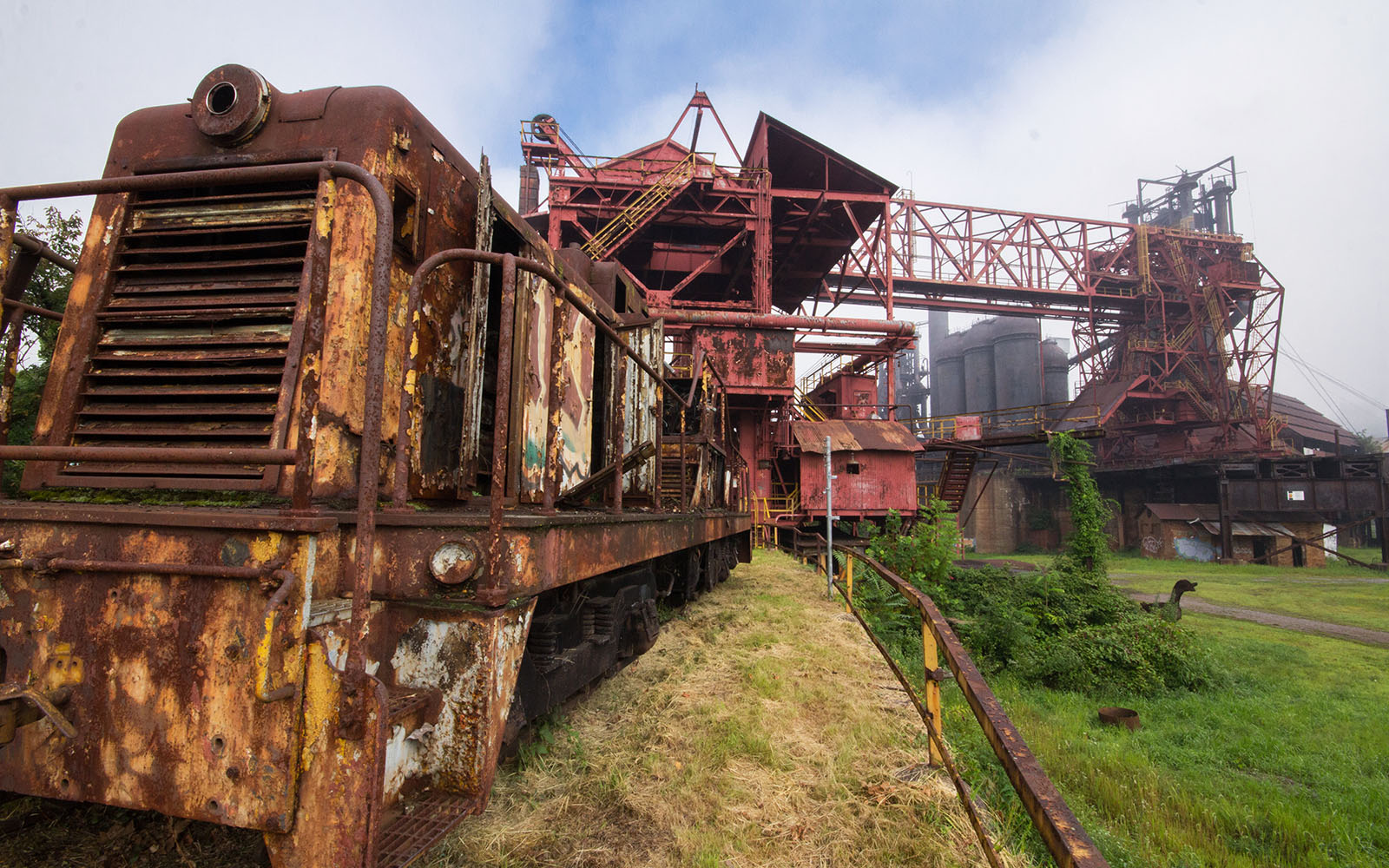
 Preservation Work on the #101 Locomotive
Preservation Work on the #101 Locomotive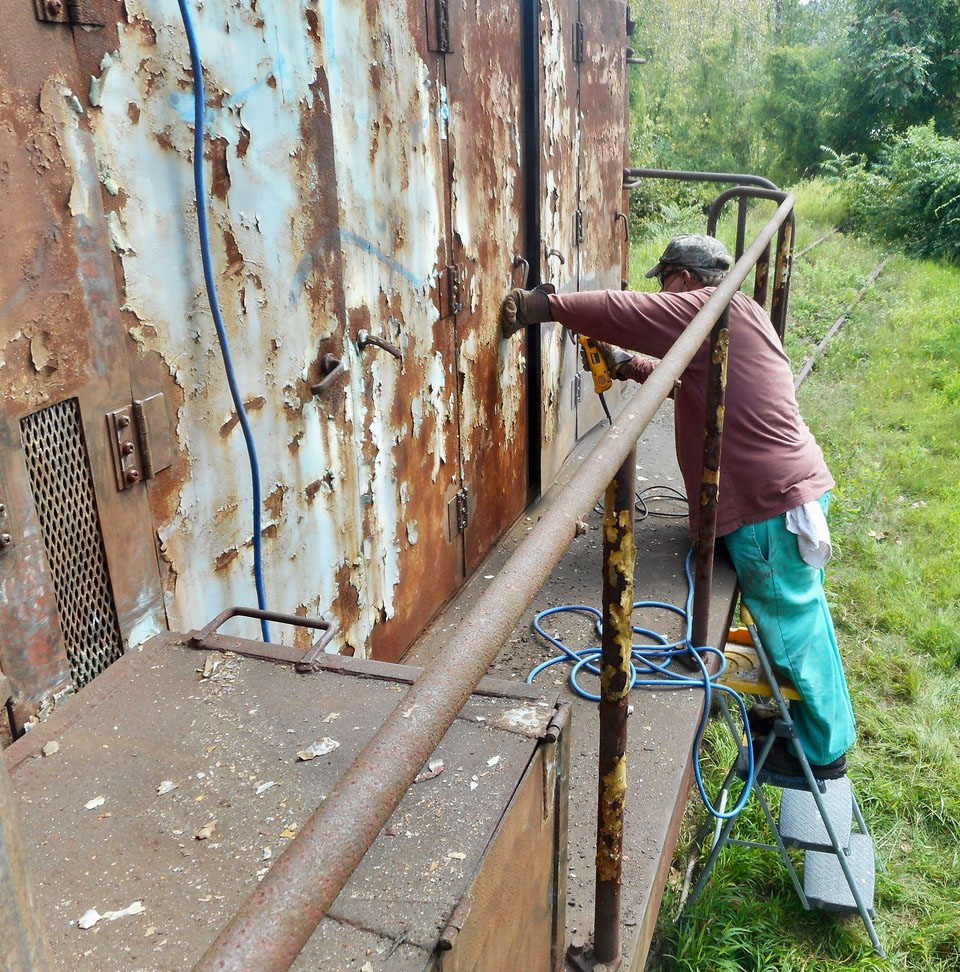 It was interesting to work through the layers of paint, discovering three different paint schemes used by US Steel over the years. We worked our way down to bare metal. The body was in good shape for the most part. The were some rust and holes around the sand boxes. The sand had accumulated moisture and rotted through the outside sheeting. Those areas will be covered with sheet metal patches and the missing roof hatch covers will be replaced at the same time. Because bare metal will quickly rust, Rivers of Steel provided primer to cover it. Each section was painted as the rust was removed. When the painting was completed, we stood back to admire the now renamed “Miss Carrie” in her new red dress.
It was interesting to work through the layers of paint, discovering three different paint schemes used by US Steel over the years. We worked our way down to bare metal. The body was in good shape for the most part. The were some rust and holes around the sand boxes. The sand had accumulated moisture and rotted through the outside sheeting. Those areas will be covered with sheet metal patches and the missing roof hatch covers will be replaced at the same time. Because bare metal will quickly rust, Rivers of Steel provided primer to cover it. Each section was painted as the rust was removed. When the painting was completed, we stood back to admire the now renamed “Miss Carrie” in her new red dress.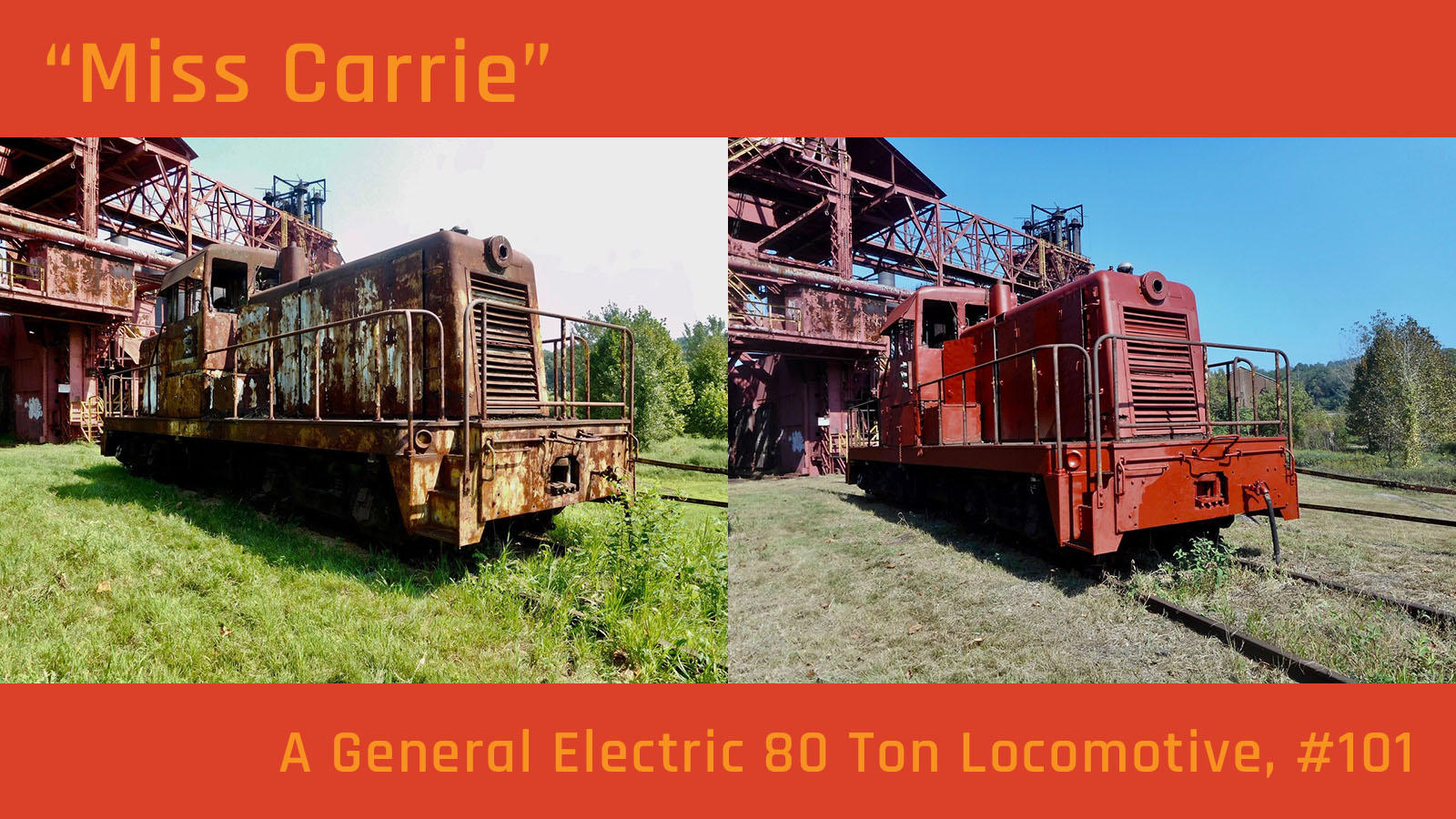
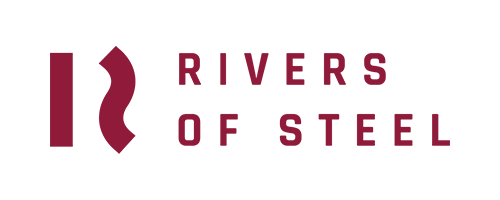
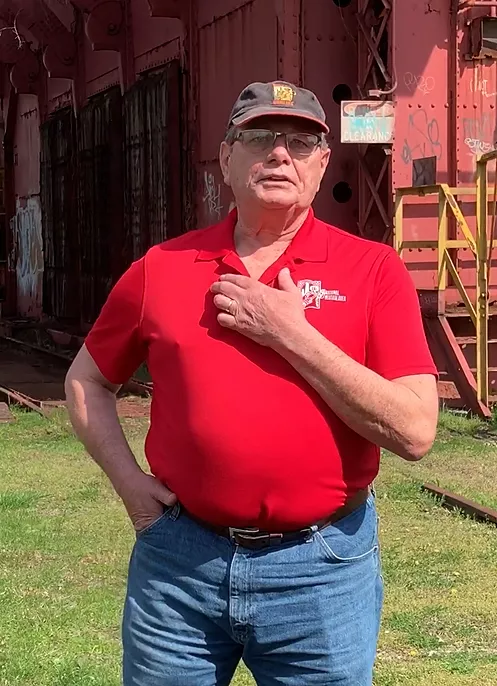 Preservation Work on the #101 Locomotive
Preservation Work on the #101 Locomotive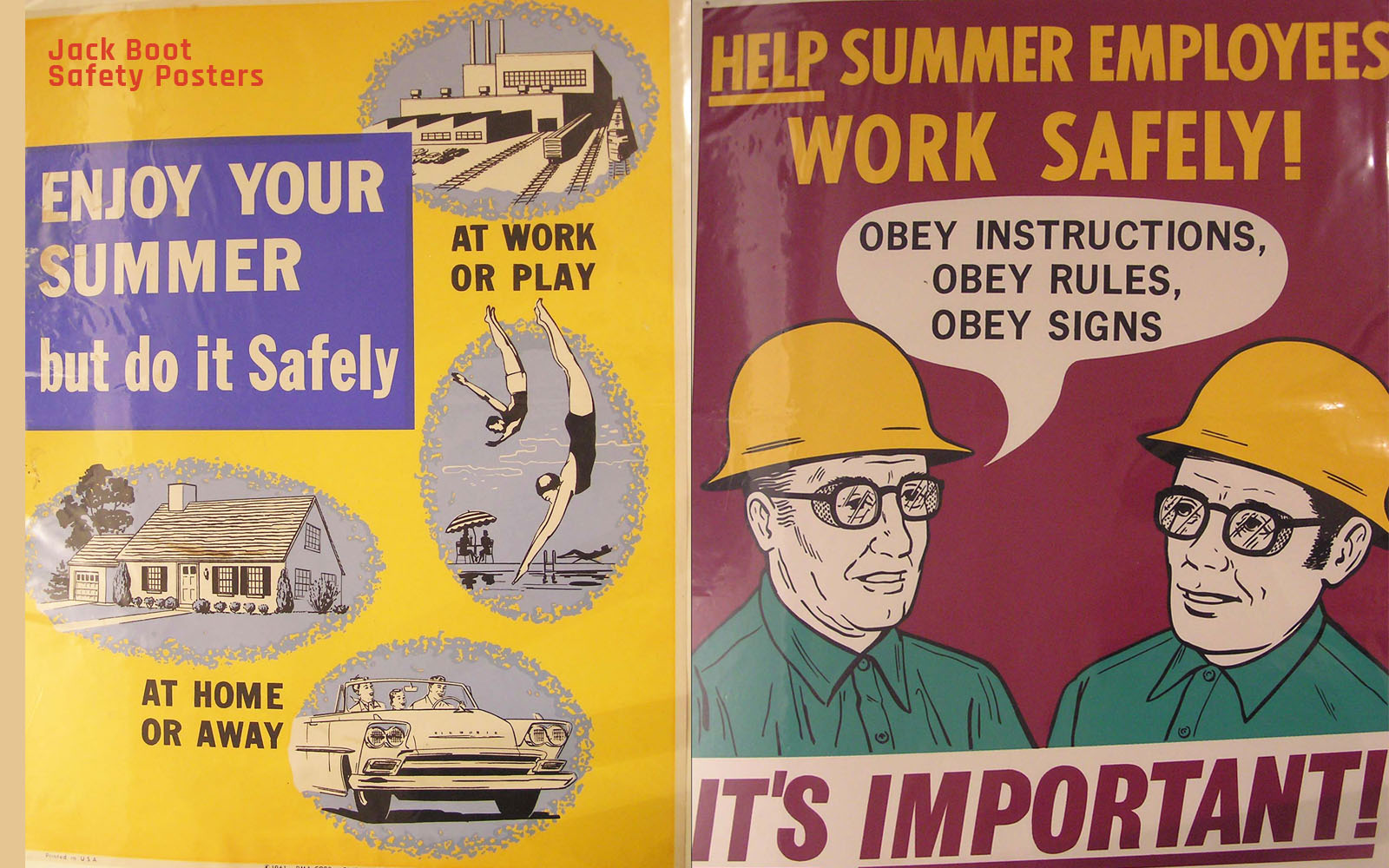
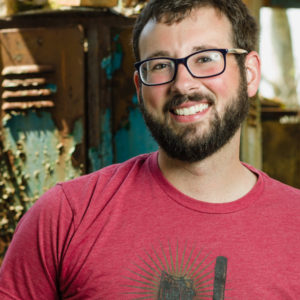 To Collect, Preserve, Display & Share
To Collect, Preserve, Display & Share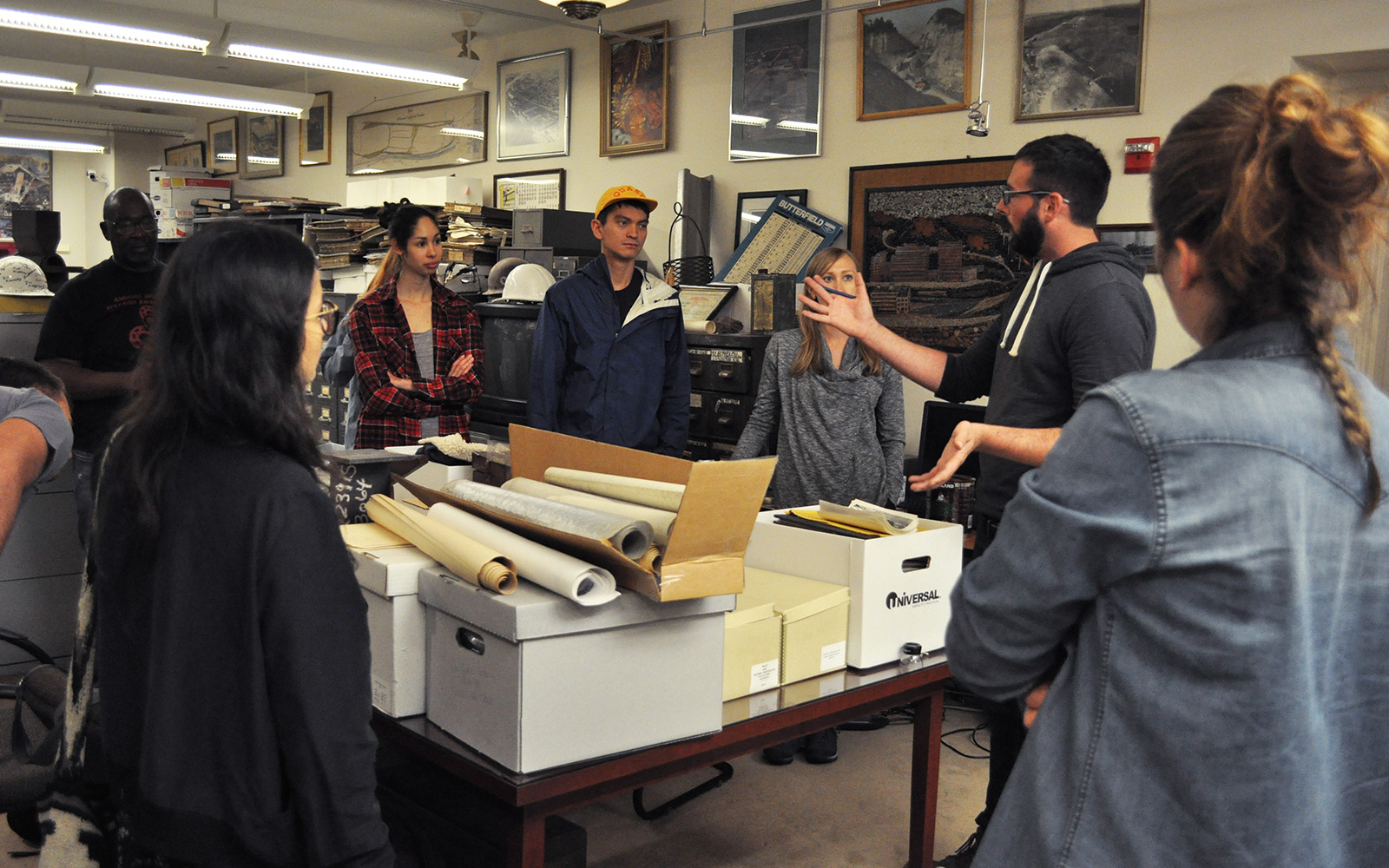 When Rivers of Steel first put out the call for donations decades ago, the community responded with overwhelming support. Our archive has had the good fortune to receive the support of local organizations and businesses, dozens of former industrial workers, and a number of dedicated longtime donors, some of whom have made thousands of individual donations. We have managed to unearth truly incredible items: an exceptionally vibrant series of
When Rivers of Steel first put out the call for donations decades ago, the community responded with overwhelming support. Our archive has had the good fortune to receive the support of local organizations and businesses, dozens of former industrial workers, and a number of dedicated longtime donors, some of whom have made thousands of individual donations. We have managed to unearth truly incredible items: an exceptionally vibrant series of 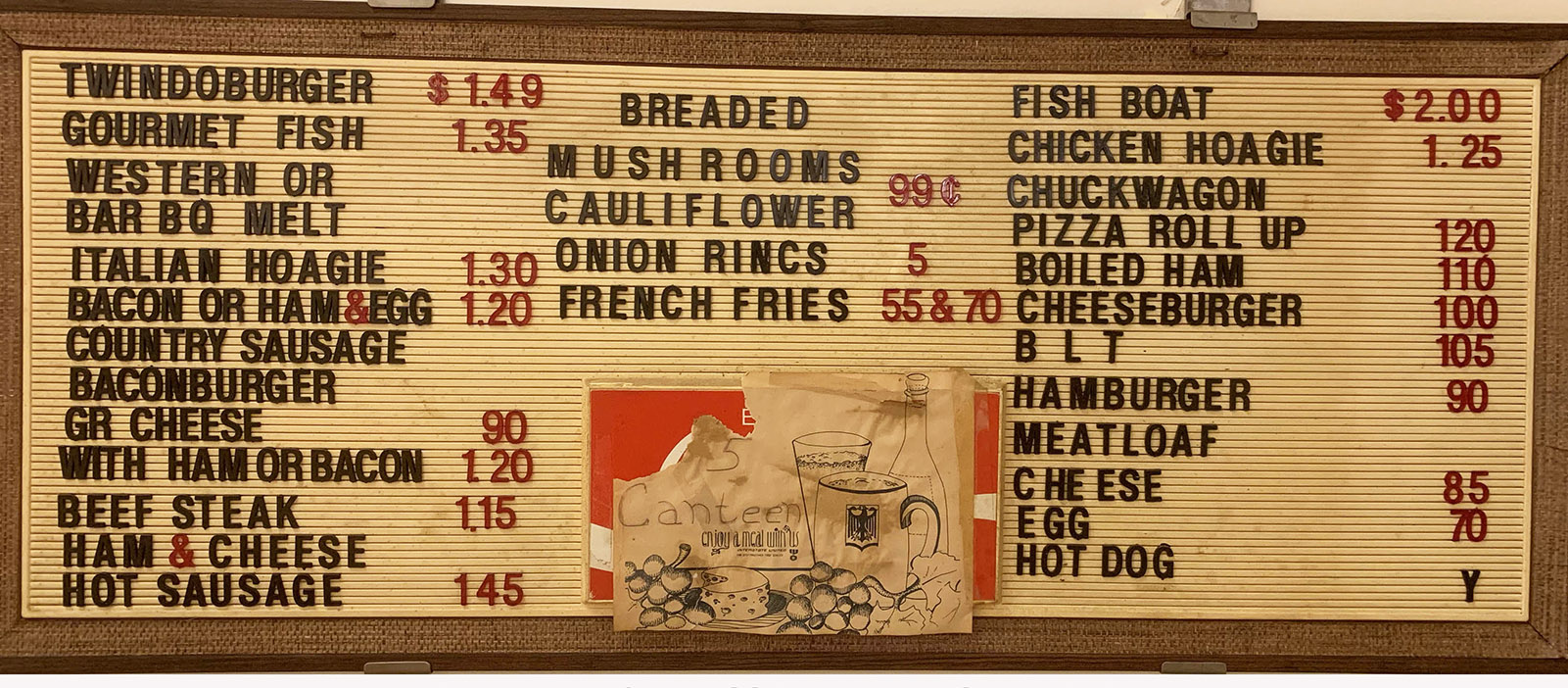 Not only has Rivers of Steel created an archive that safely houses over 50,000 unique items, but it also makes these collections open to the public. Our archive is free to access by appointment, and almost any of the items in our collection can be viewed in person with a few exceptions. Additionally, portions of our collection are frequently displayed in our exhibition rooms on the third floor of the Bost Building. We have created a number of exhibits honoring the industrial and cultural heritage from southwestern Pennsylvania, with past shows focusing on topics like Jones and Laughlin Steel, the Little Steel era, folk art from around the region, industrial photography, and our
Not only has Rivers of Steel created an archive that safely houses over 50,000 unique items, but it also makes these collections open to the public. Our archive is free to access by appointment, and almost any of the items in our collection can be viewed in person with a few exceptions. Additionally, portions of our collection are frequently displayed in our exhibition rooms on the third floor of the Bost Building. We have created a number of exhibits honoring the industrial and cultural heritage from southwestern Pennsylvania, with past shows focusing on topics like Jones and Laughlin Steel, the Little Steel era, folk art from around the region, industrial photography, and our  Even during the current Covid-19 crisis, Rivers of Steel is working to facilitate access to our archives as safely as possible. While we are not currently receiving visitors to the archive, our staff is more than happy to work with researchers, students, and community members to access our collections online and to fulfill requests as best we are able. Our collections can be searched in
Even during the current Covid-19 crisis, Rivers of Steel is working to facilitate access to our archives as safely as possible. While we are not currently receiving visitors to the archive, our staff is more than happy to work with researchers, students, and community members to access our collections online and to fulfill requests as best we are able. Our collections can be searched in 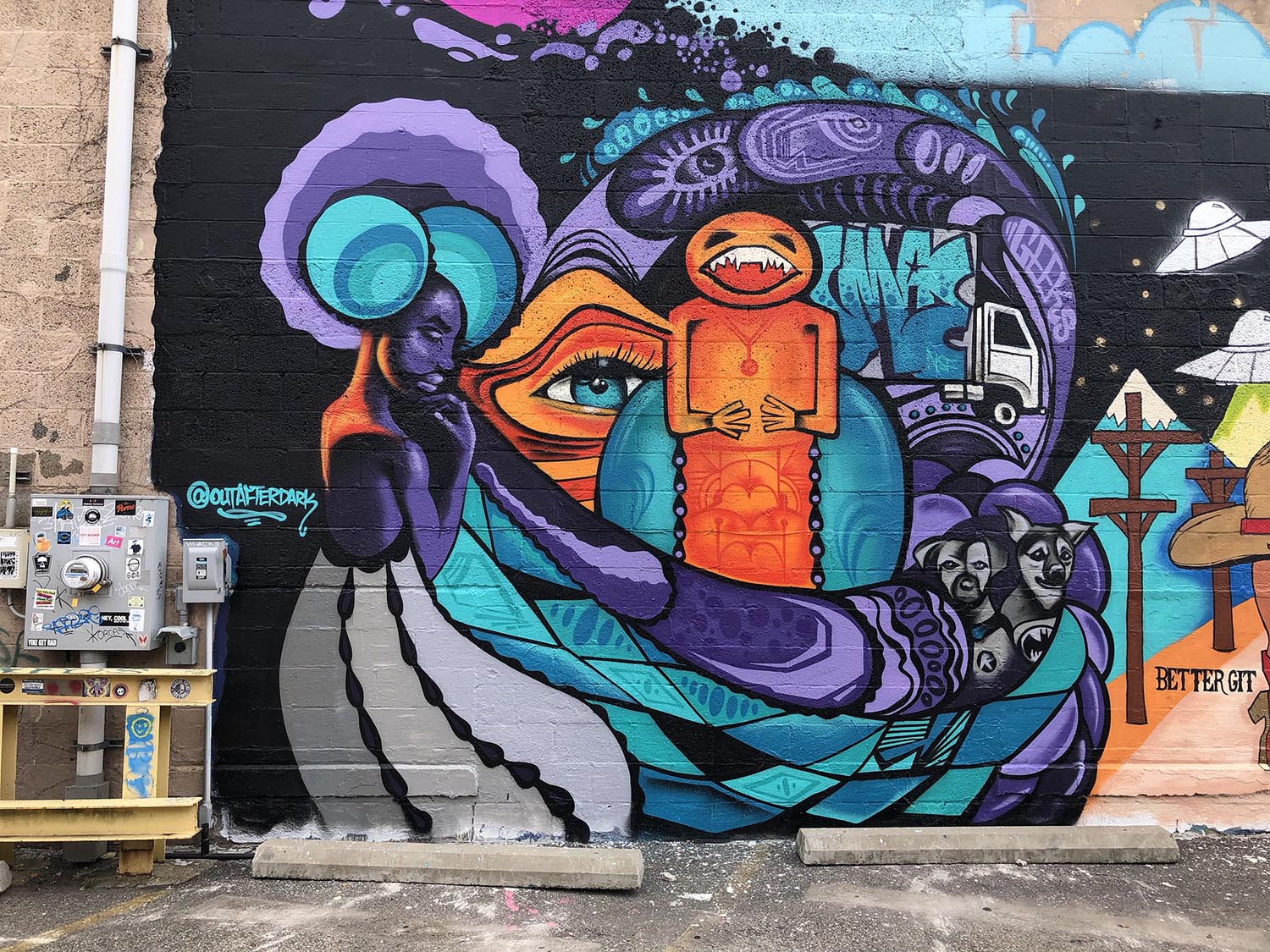
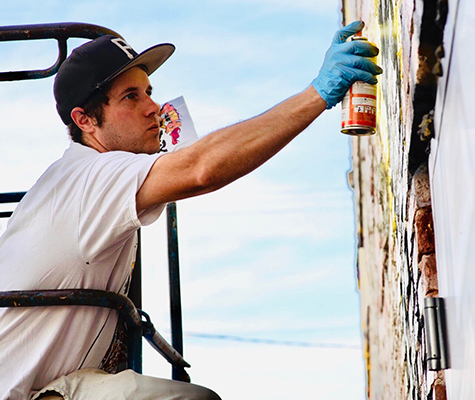 About Shane Pilster
About Shane Pilster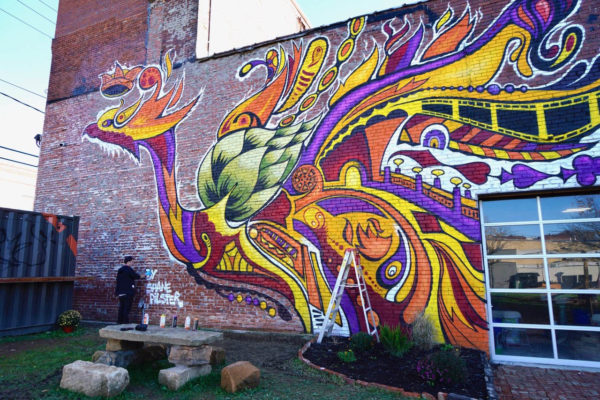
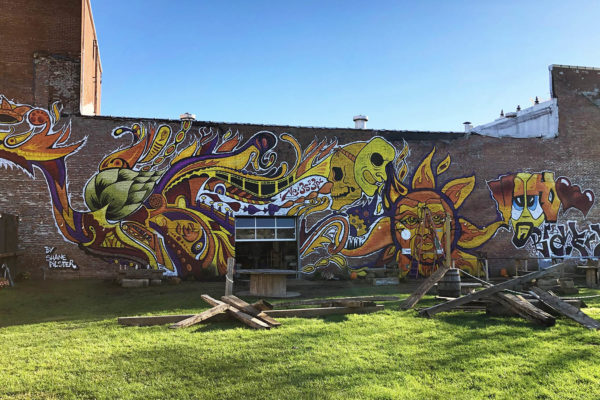
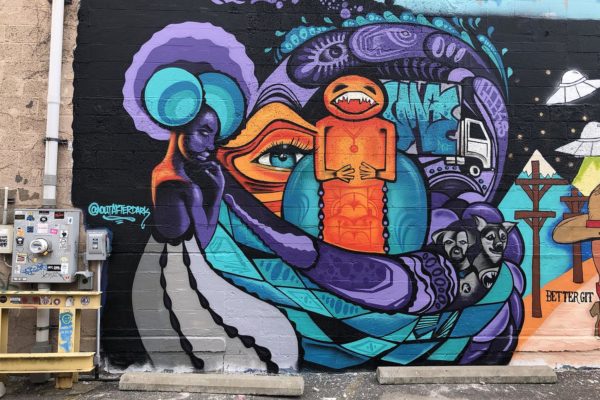
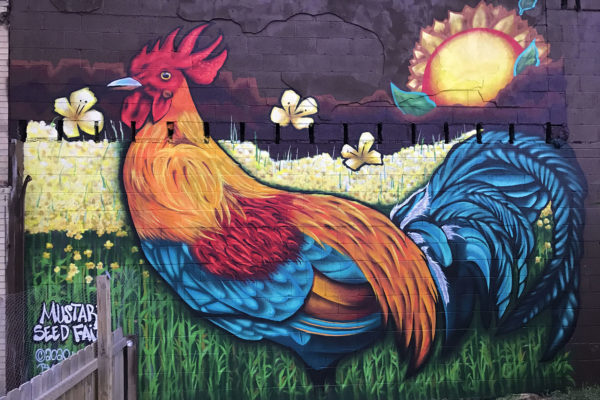
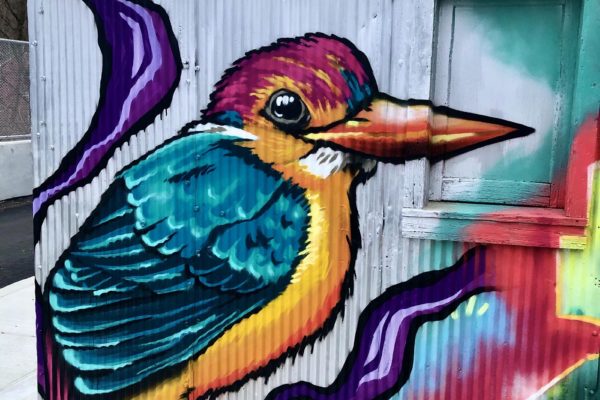
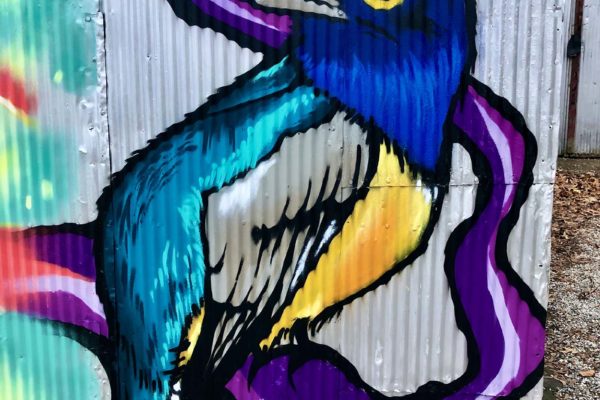
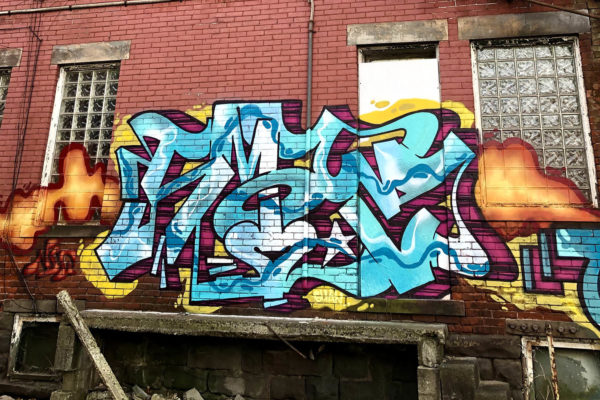
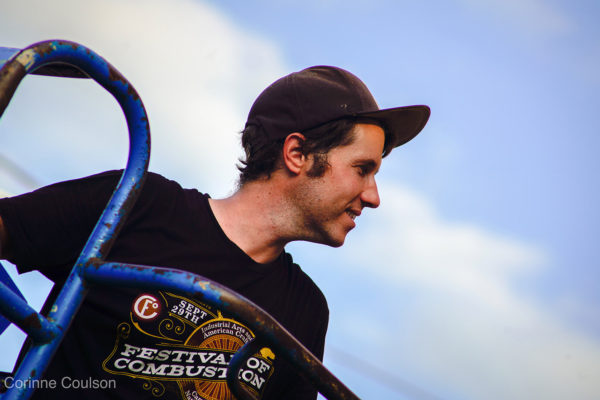
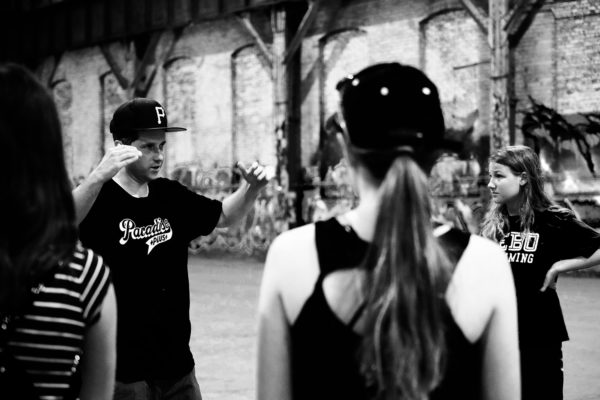
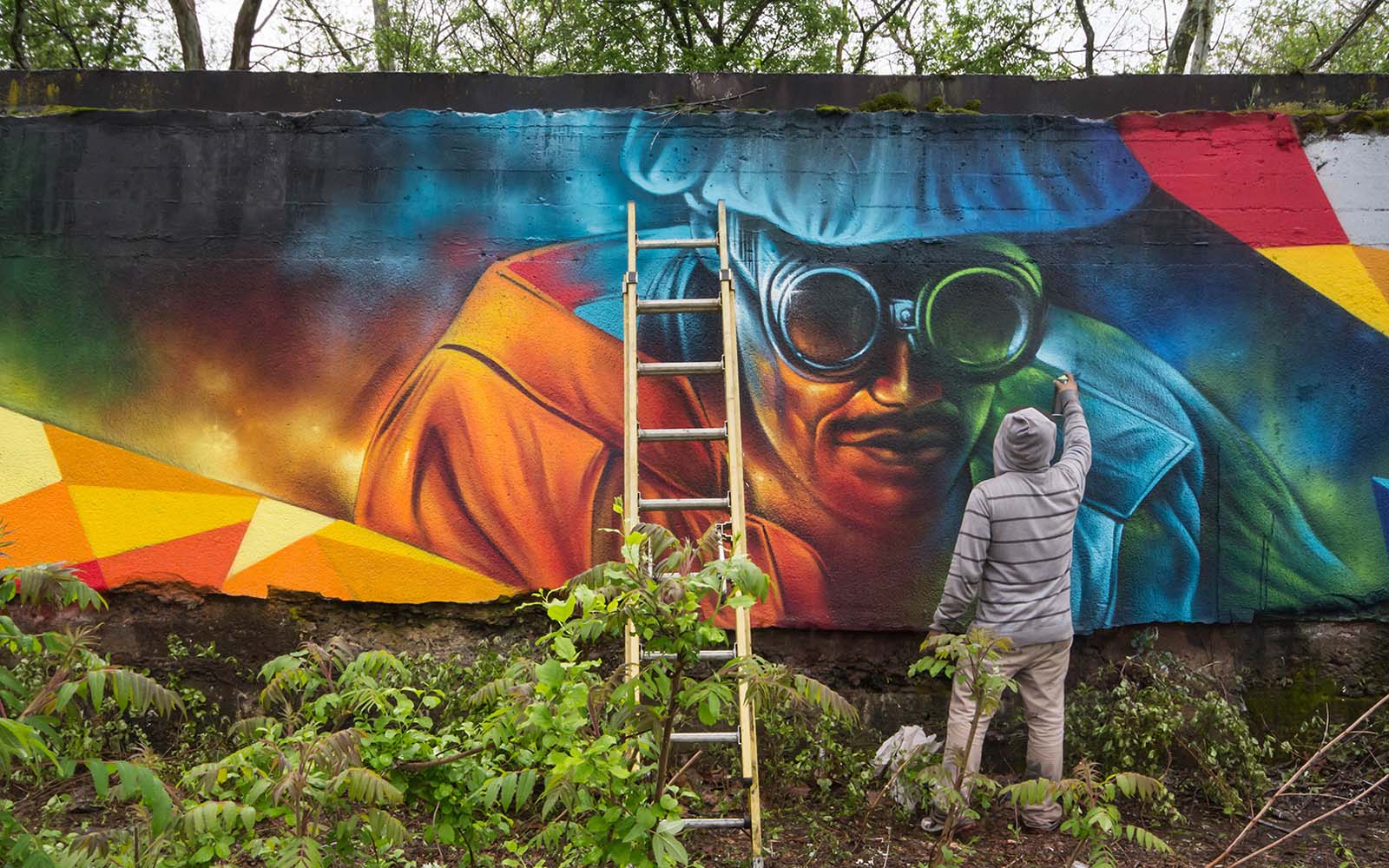
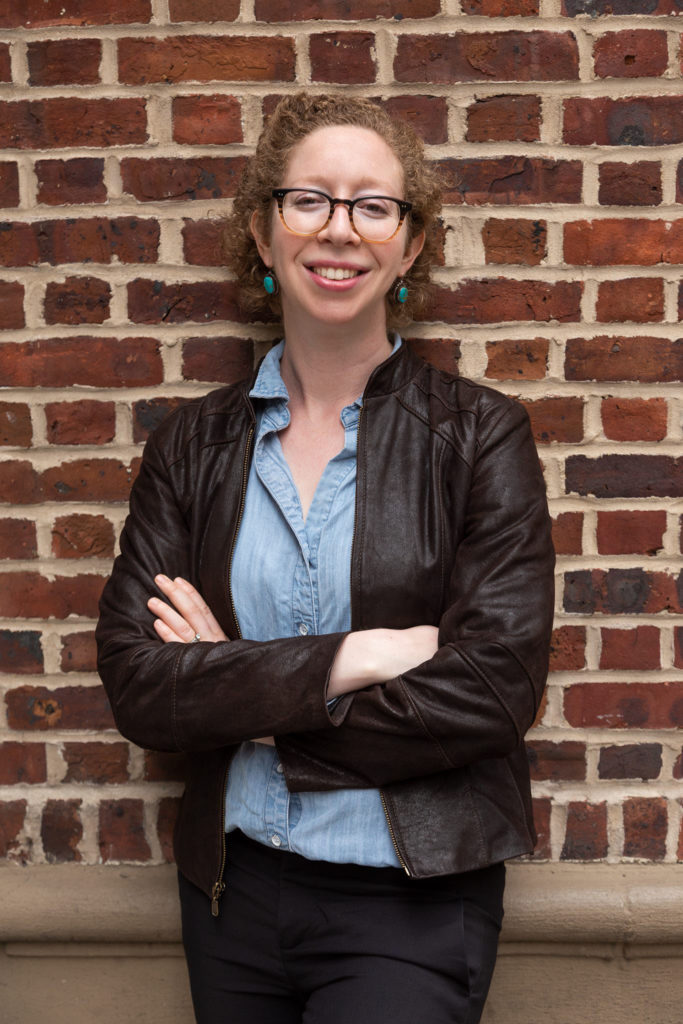 Understanding Historic Preservation in a Dynamic Frame: The Graffiti Arts Program at the Carrie Blast Furnaces
Understanding Historic Preservation in a Dynamic Frame: The Graffiti Arts Program at the Carrie Blast Furnaces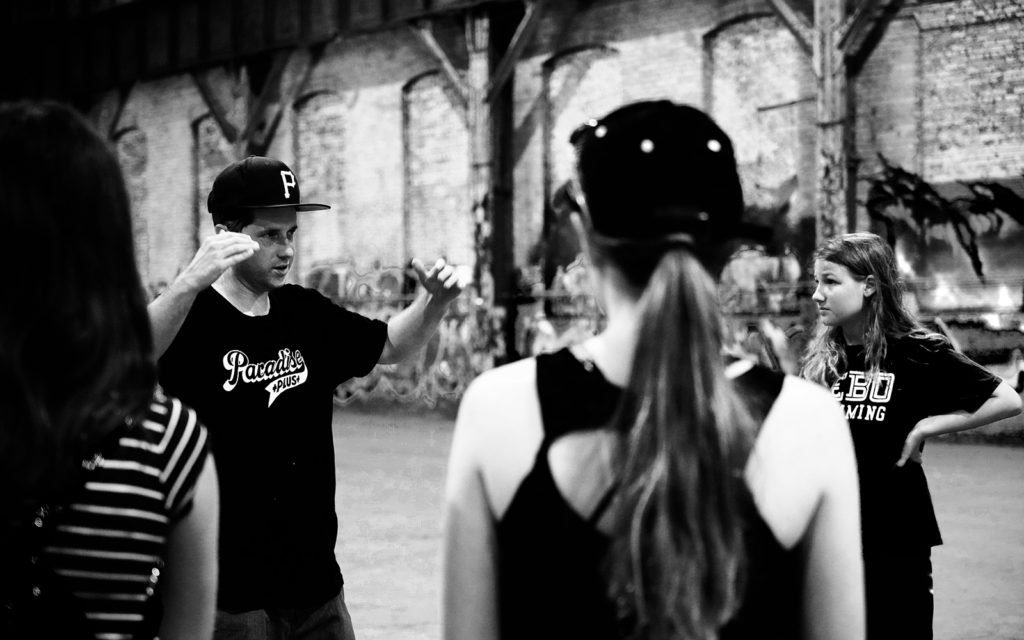 Graffiti Art Tours: Including the Whole History
Graffiti Art Tours: Including the Whole History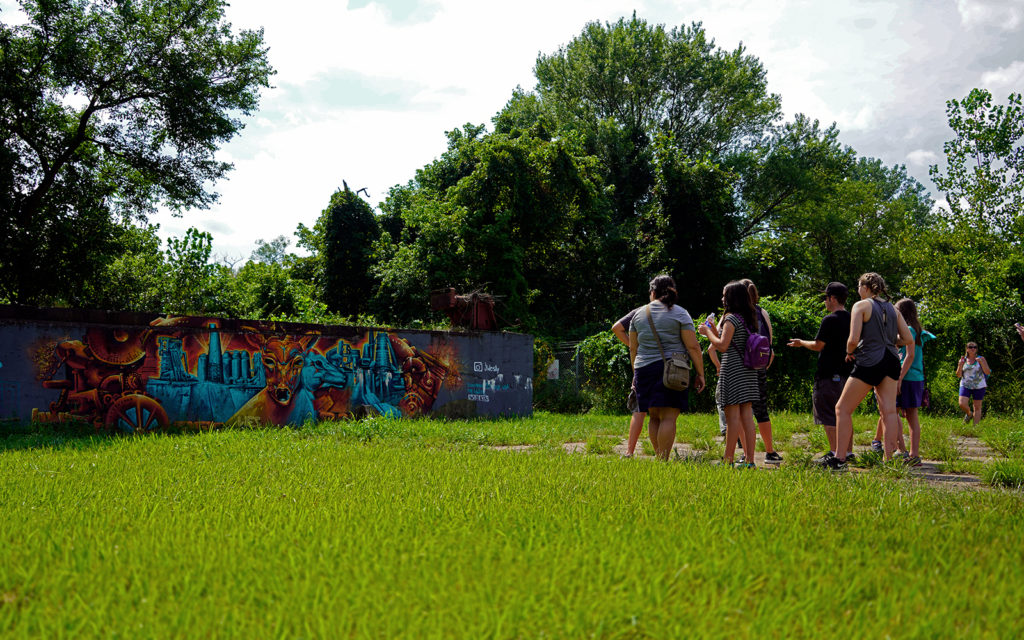 I attended one of the Urban Art workshops on August 16, 2019. In it, Shane covered his relationship to the site and history as a writer, he was complemented by another Rivers of Steel staff member who provided more detail on the industrial history, and used the works at the site to educate visitors on the history of graffiti and how to understand and read different elements (e.g. dissecting what constitutes a tag, a throw up, a burner/masterpiece).
I attended one of the Urban Art workshops on August 16, 2019. In it, Shane covered his relationship to the site and history as a writer, he was complemented by another Rivers of Steel staff member who provided more detail on the industrial history, and used the works at the site to educate visitors on the history of graffiti and how to understand and read different elements (e.g. dissecting what constitutes a tag, a throw up, a burner/masterpiece).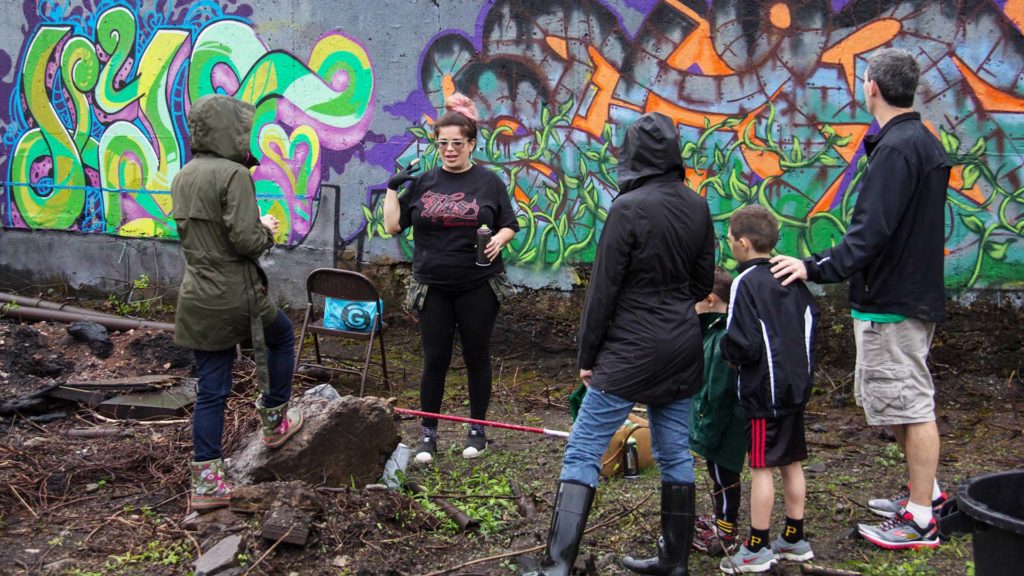 Stef Skills reflected on how even extreme changes to landscape can be slowly repaired by the march of nature. She connected this idea to larger indigenous movements to protect water and land (she had been part of protests at Standing Rock and camped in solidarity with the water protectors, integrating themes from her Standing Rock experience into a number of her previous pieces). Wes and Orion were more interested in the scale of the site, and the strength of the workers. Devine, a more old-school style writer, was interested in the history of the trains passing by the site—as trains are a crucial surface for graffiti practice. Stef suggested that they use the design of a series of train cars, and each artist would have his or her own “car,” but that there could still be some shared concepts.
Stef Skills reflected on how even extreme changes to landscape can be slowly repaired by the march of nature. She connected this idea to larger indigenous movements to protect water and land (she had been part of protests at Standing Rock and camped in solidarity with the water protectors, integrating themes from her Standing Rock experience into a number of her previous pieces). Wes and Orion were more interested in the scale of the site, and the strength of the workers. Devine, a more old-school style writer, was interested in the history of the trains passing by the site—as trains are a crucial surface for graffiti practice. Stef suggested that they use the design of a series of train cars, and each artist would have his or her own “car,” but that there could still be some shared concepts.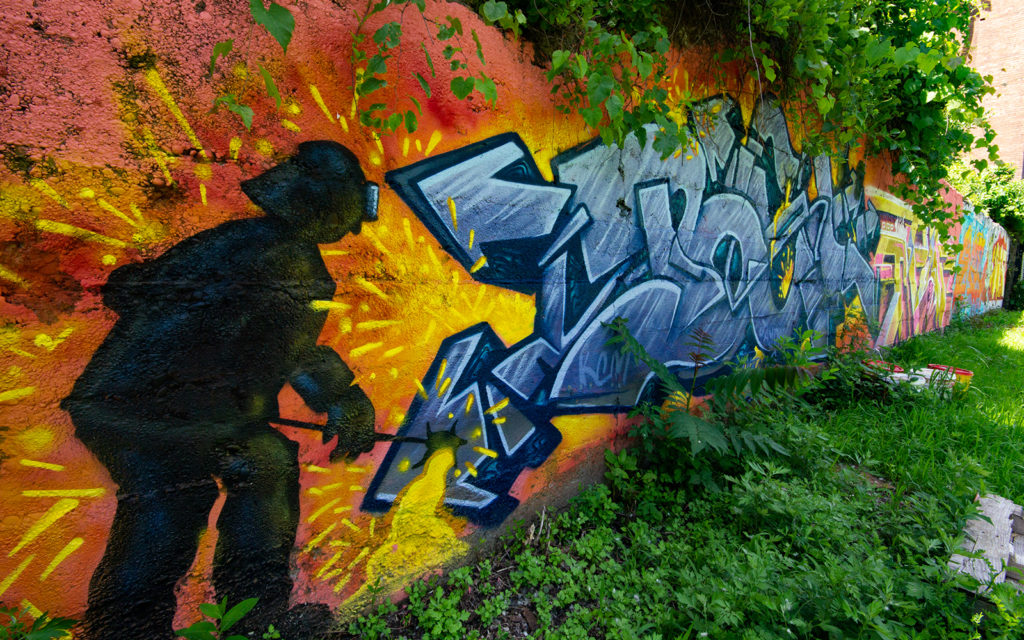 Her work attempts a kind of site specificity: creating an explicit dialogue between the work of art, the site, and their audiences. The site shaped her work energetically due to its haunted character. She explained: “… it was overwhelming. It was really, really, dope…just something in the atmosphere there was like a ghost city kind of because so many people were in there at one point, that space was up and living. Hardcore. All day and all night. So to be there now where there was [almost] nobody there it was a little like tripped out” (2019).
Her work attempts a kind of site specificity: creating an explicit dialogue between the work of art, the site, and their audiences. The site shaped her work energetically due to its haunted character. She explained: “… it was overwhelming. It was really, really, dope…just something in the atmosphere there was like a ghost city kind of because so many people were in there at one point, that space was up and living. Hardcore. All day and all night. So to be there now where there was [almost] nobody there it was a little like tripped out” (2019).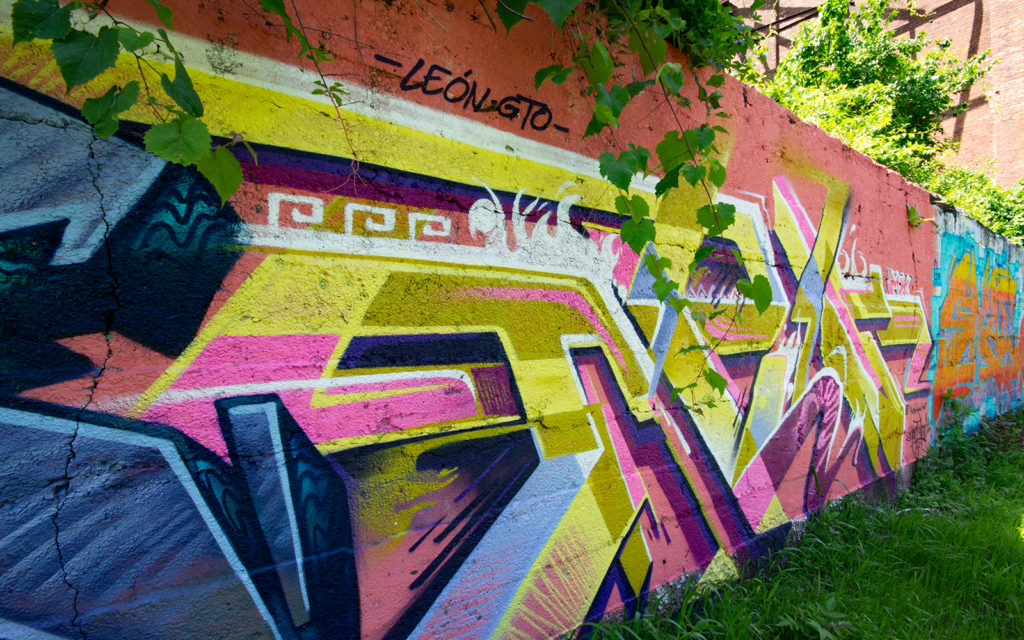 Like Bel2, Kart points to the role of labor as well as international flows, and the kind of energetic traces that remain in the space. He also emphasizes how graffiti is part of the industrial and postindustrial identity of the space since it became a site for guerilla intervention in the 1990s and also an ideal spot for watching painted freight trains pass.
Like Bel2, Kart points to the role of labor as well as international flows, and the kind of energetic traces that remain in the space. He also emphasizes how graffiti is part of the industrial and postindustrial identity of the space since it became a site for guerilla intervention in the 1990s and also an ideal spot for watching painted freight trains pass.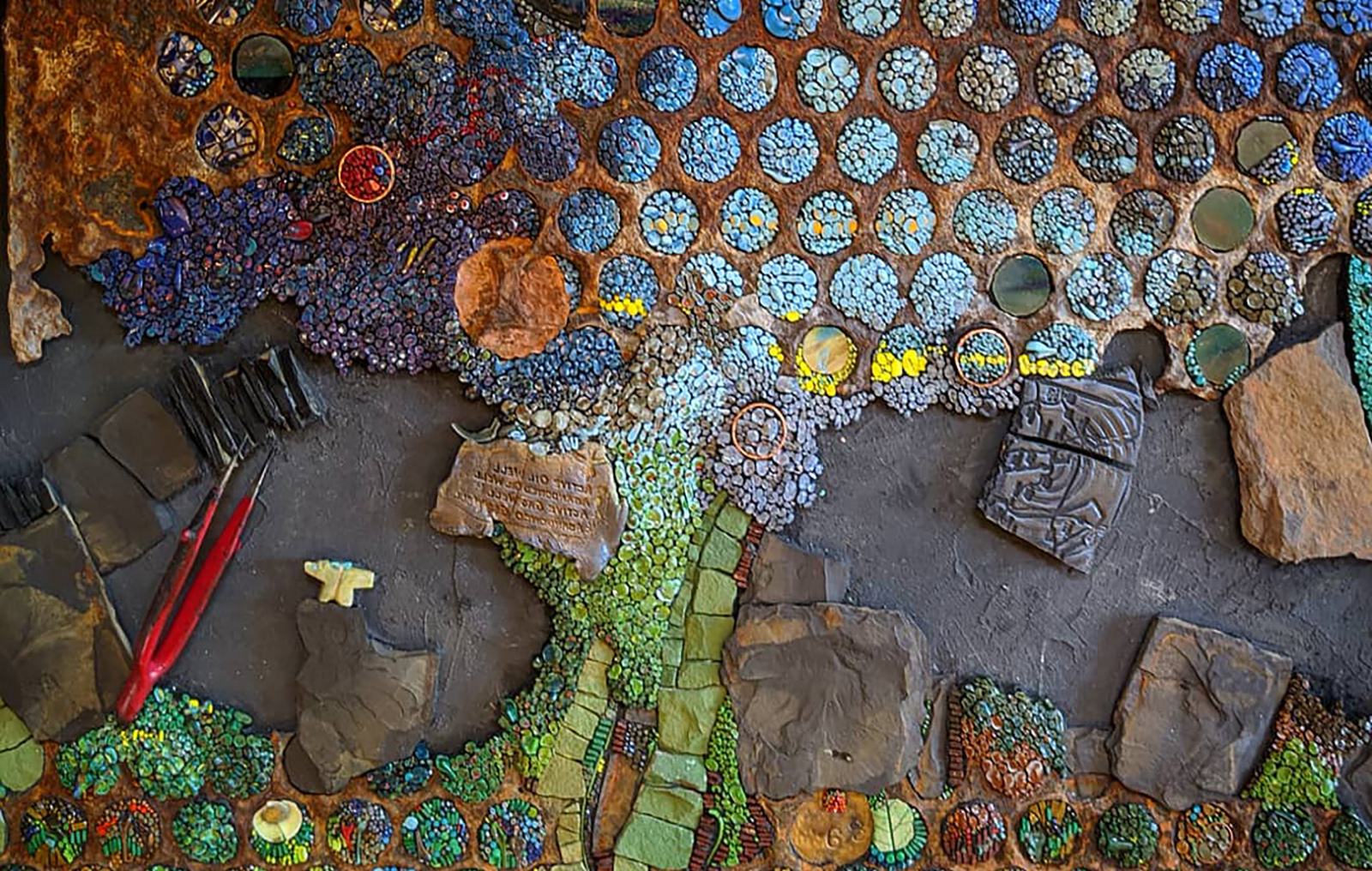
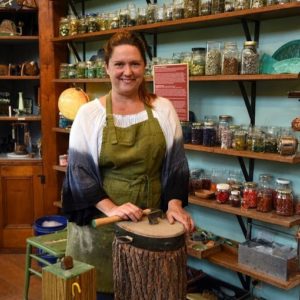 About Rachel Sager
About Rachel Sager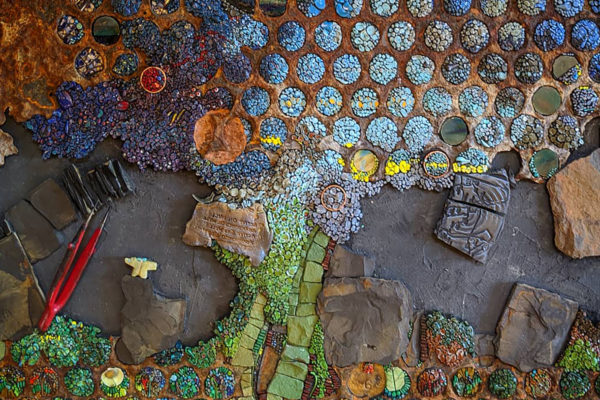
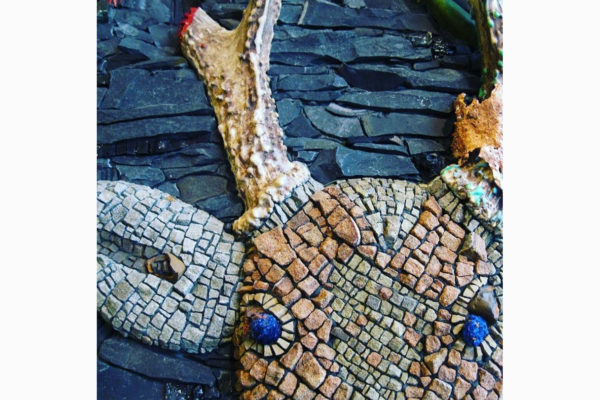
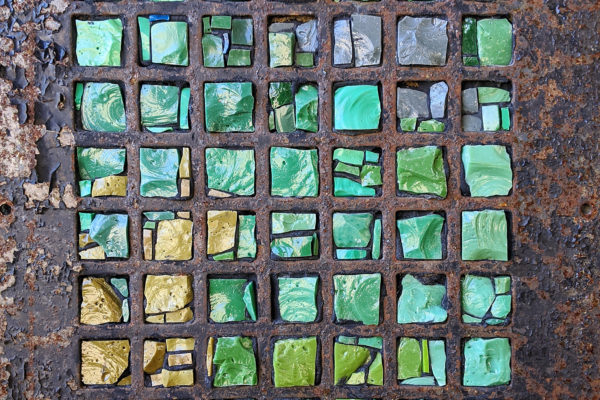
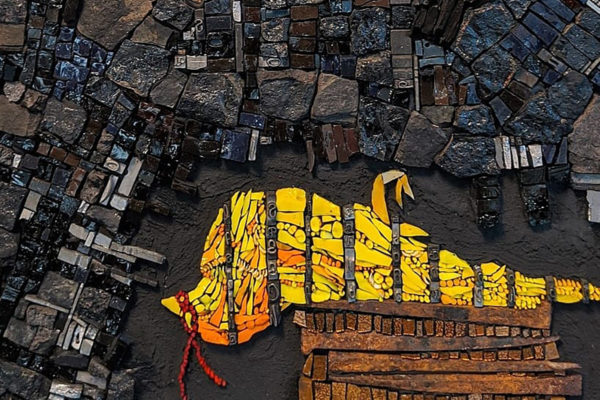
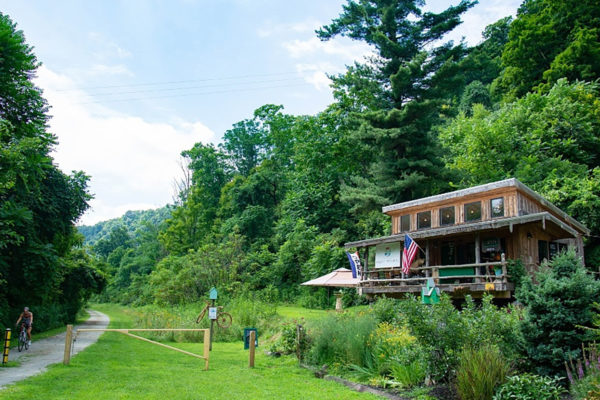
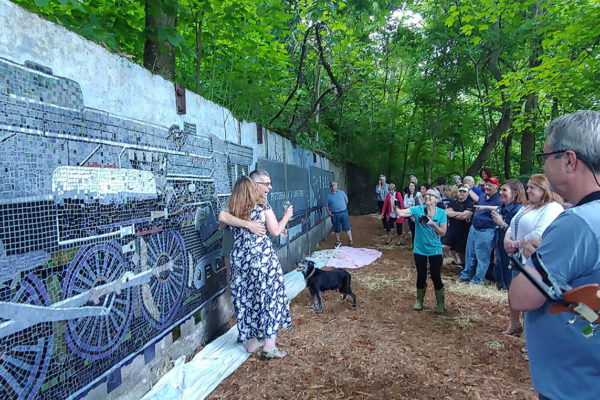
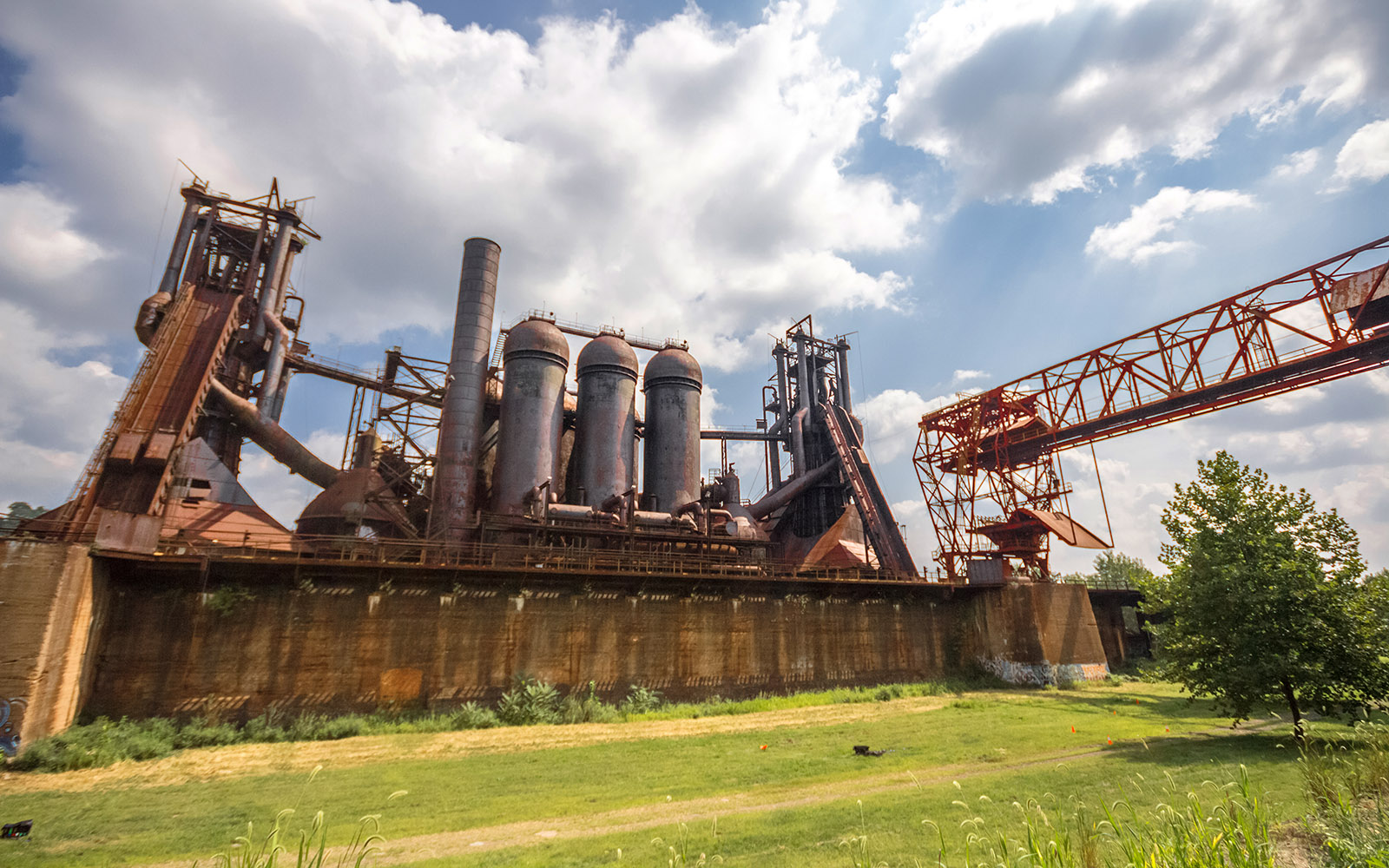
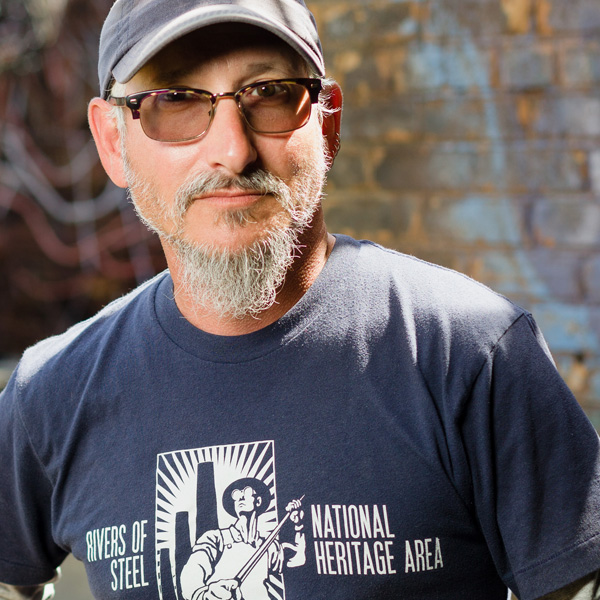 Celebrating Our Industrial Heritage
Celebrating Our Industrial Heritage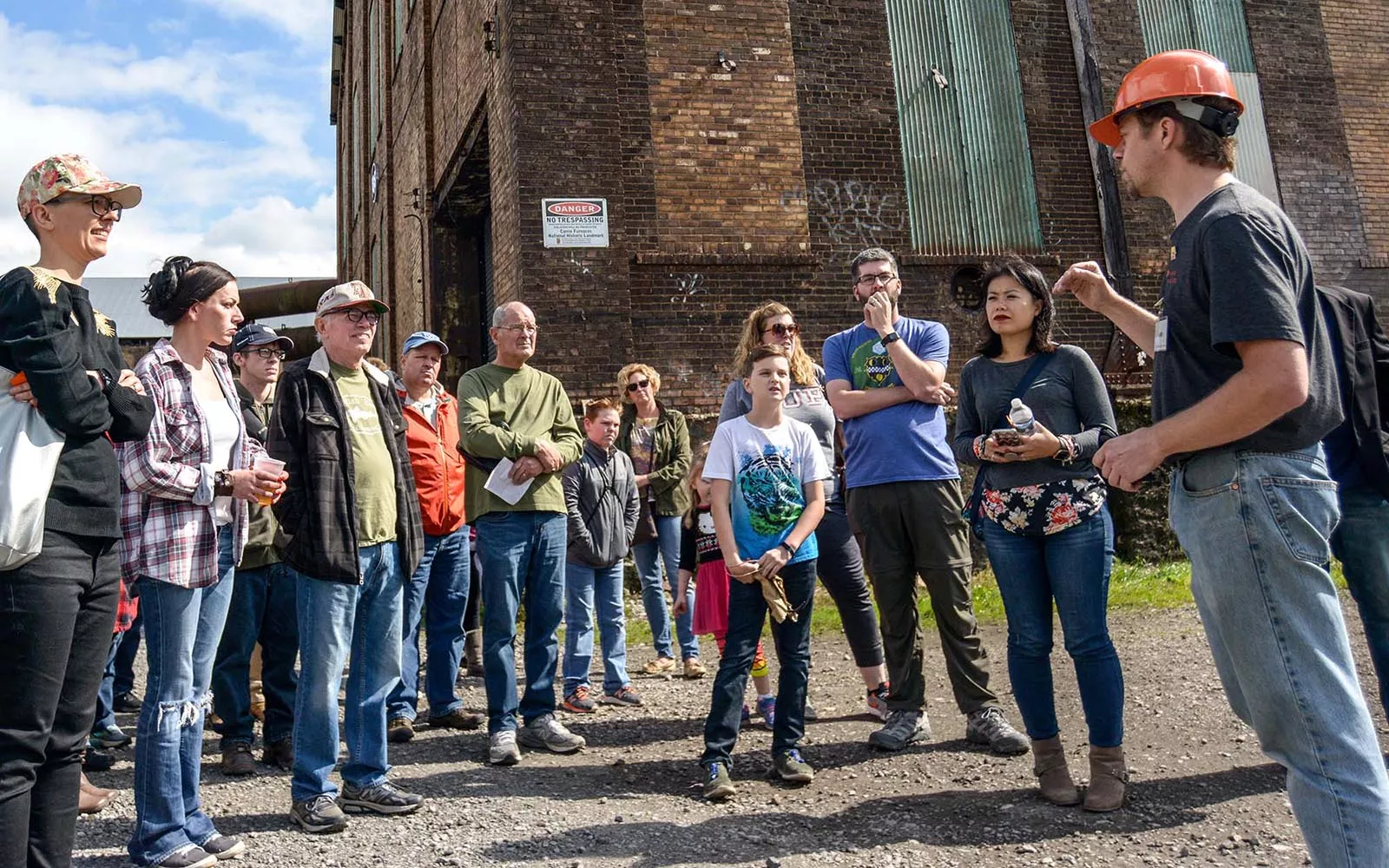
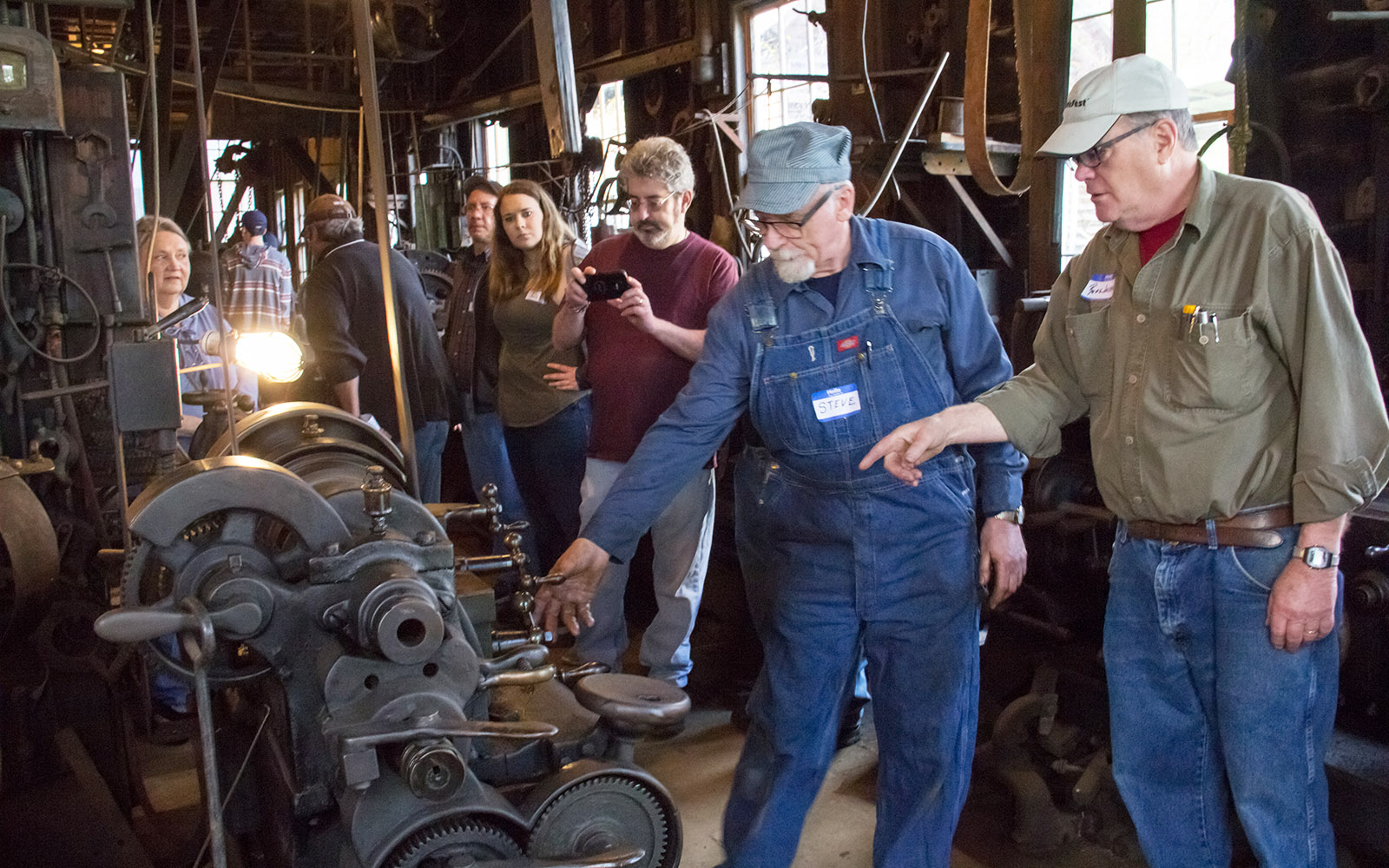
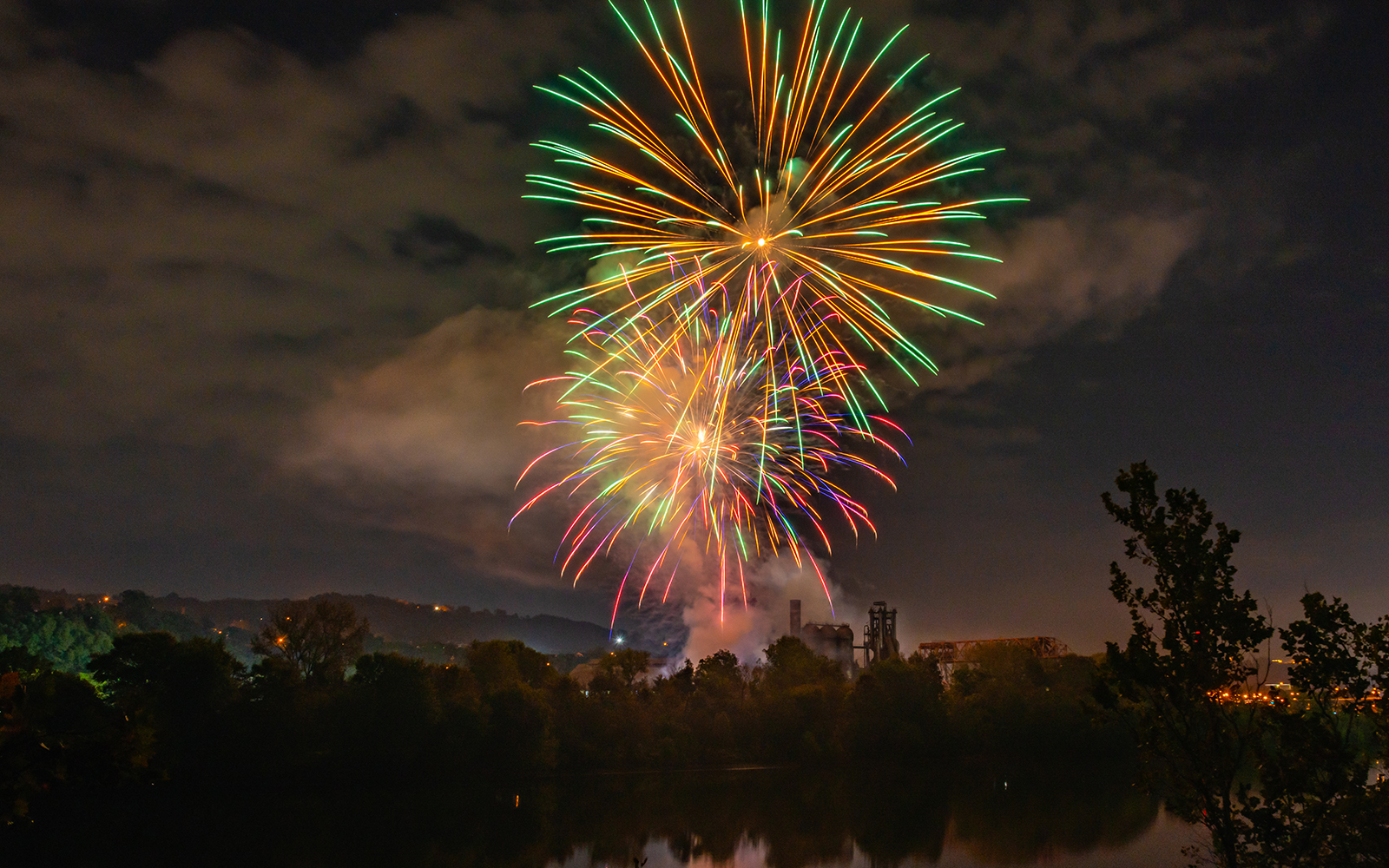
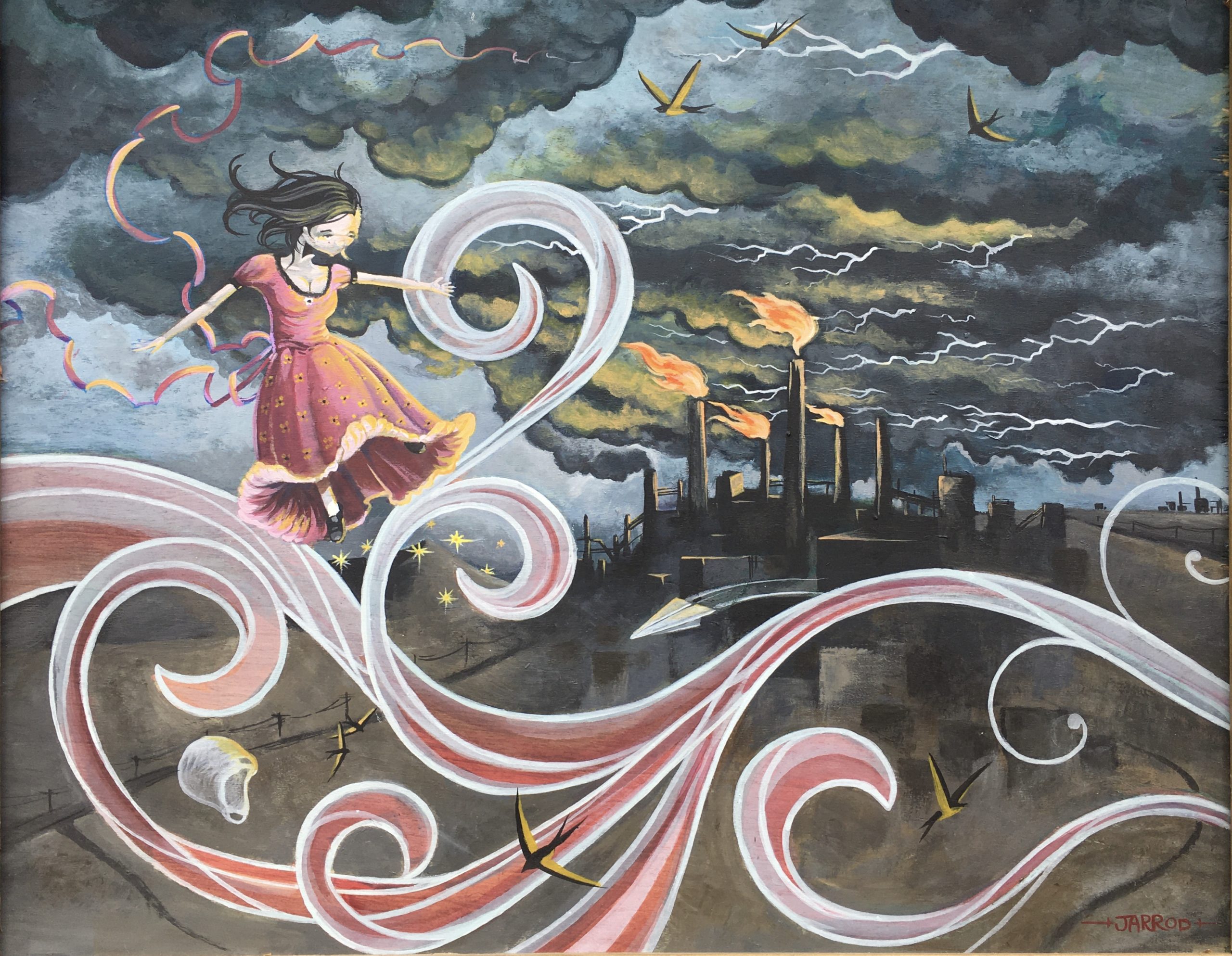
![IMG_E0024[1] Artwork by Jarrod Russell](https://riversofsteel.com/wp-content/uploads/2020/05/IMG_E00241-scaled-600x400.jpg)
![IMG_E0028[1] IMG_E0028[1]](https://riversofsteel.com/wp-content/uploads/2020/05/IMG_E00281-scaled-600x400.jpg)
![IMG_E0026[1] IMG_E0026[1]](https://riversofsteel.com/wp-content/uploads/2020/05/IMG_E00261-scaled-600x400.jpg)
![IMG_E0029[1] IMG_E0029[1]](https://riversofsteel.com/wp-content/uploads/2020/05/IMG_E00291-600x400.jpg)

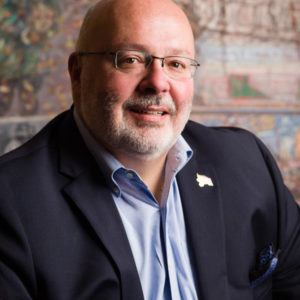 An Extraordinary Day of Giving
An Extraordinary Day of Giving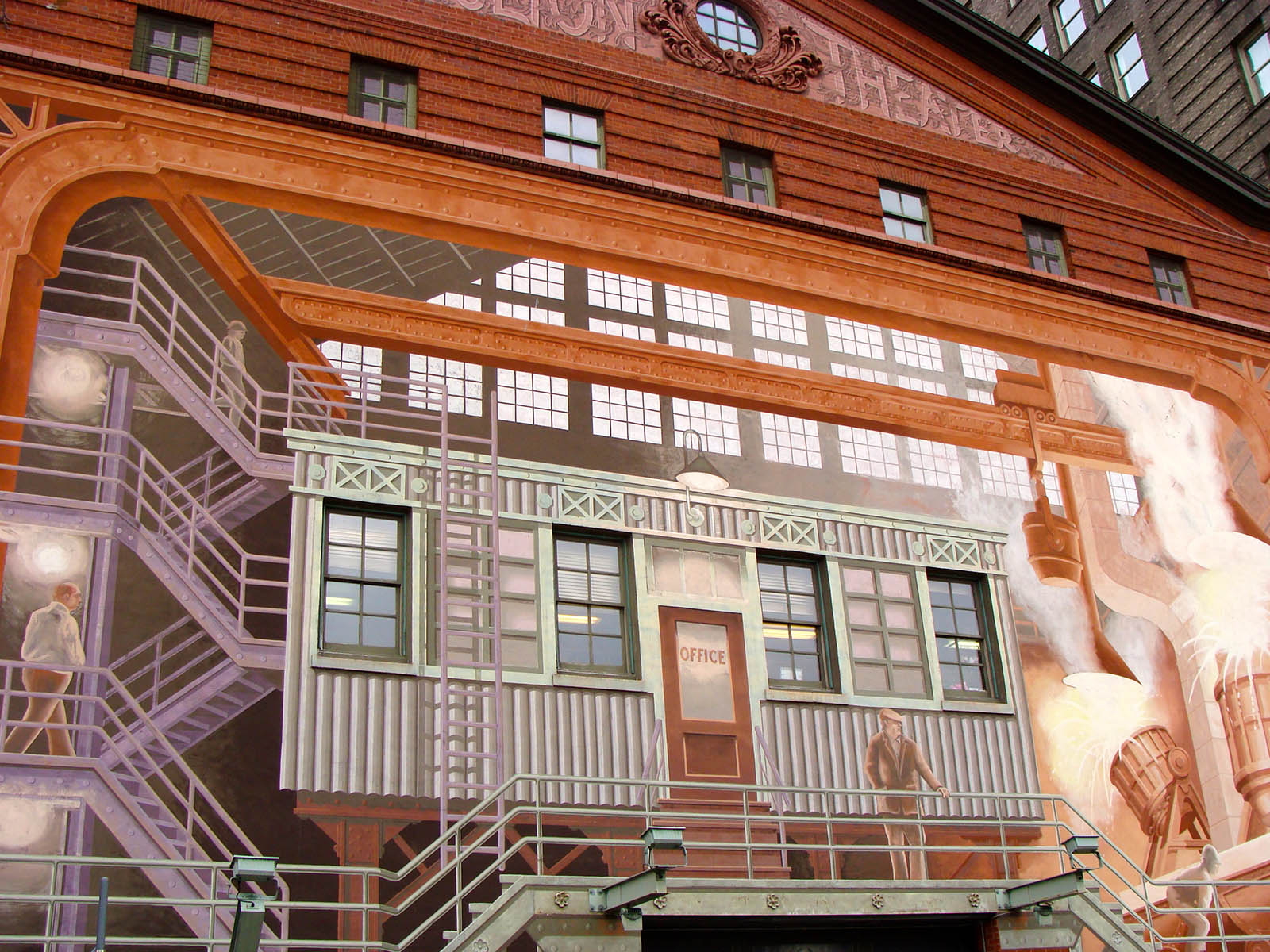
 Routes to Roots!
Routes to Roots!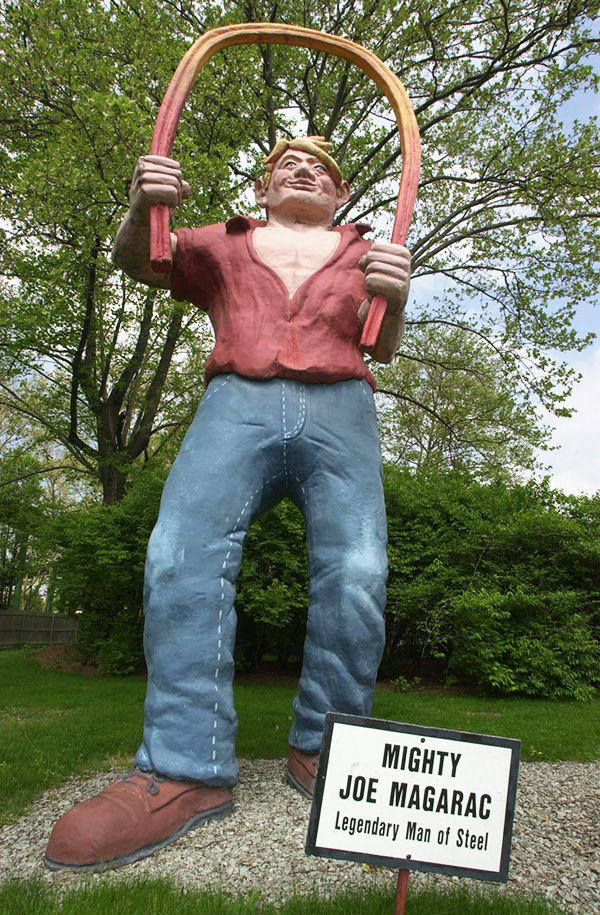 Flex your muscles in front of the 15-foot-tall
Flex your muscles in front of the 15-foot-tall 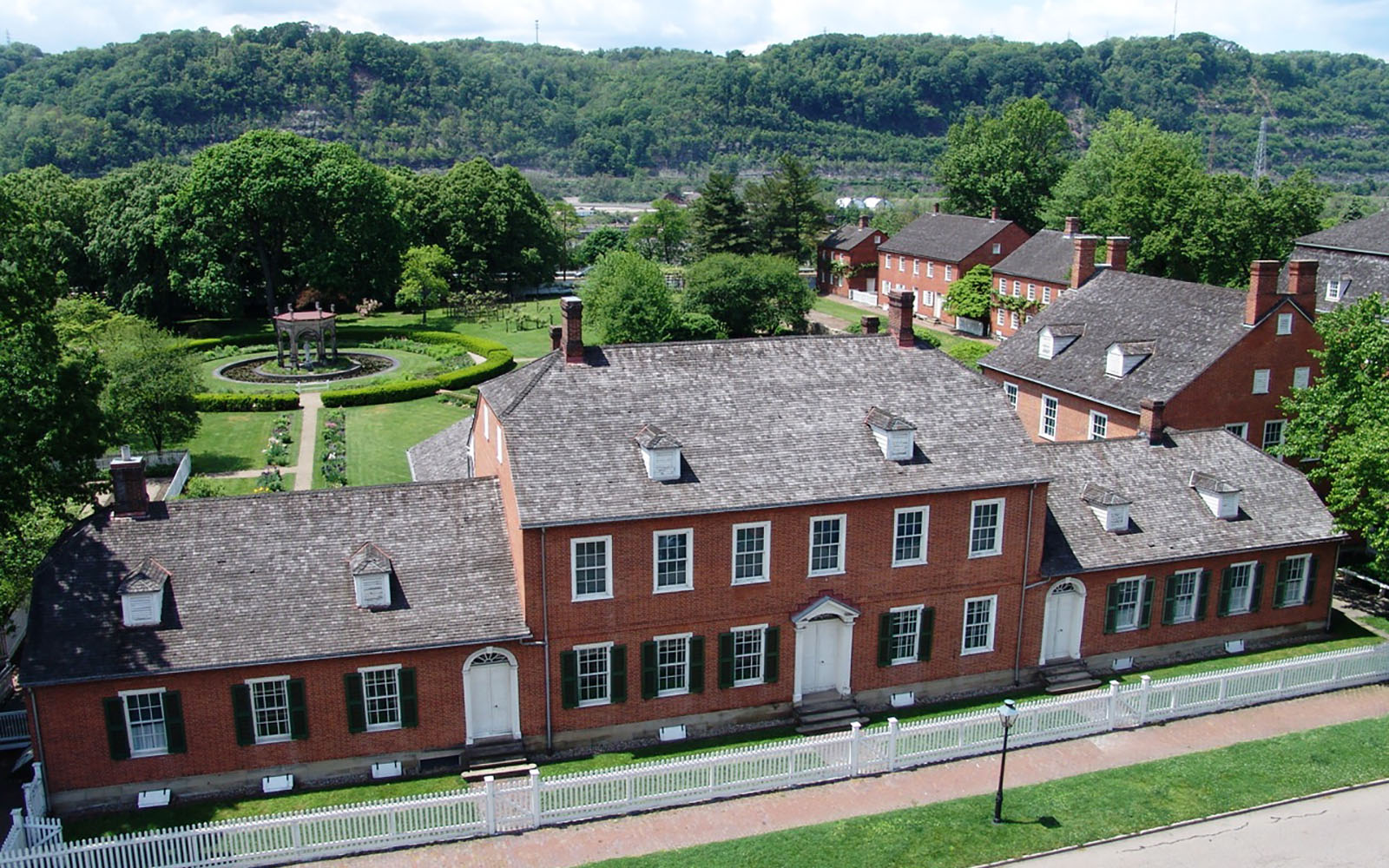 Old Economy Village
Old Economy Village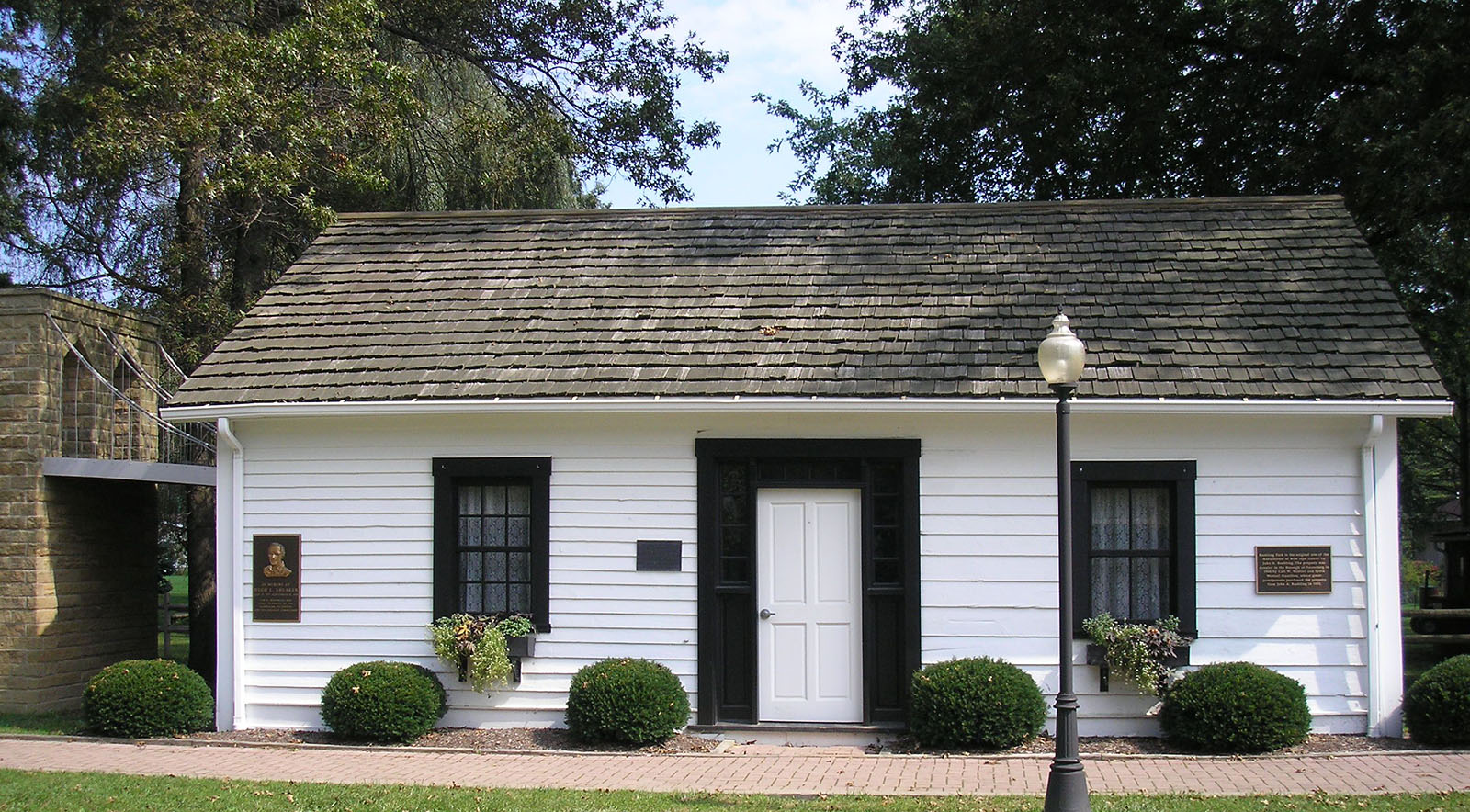

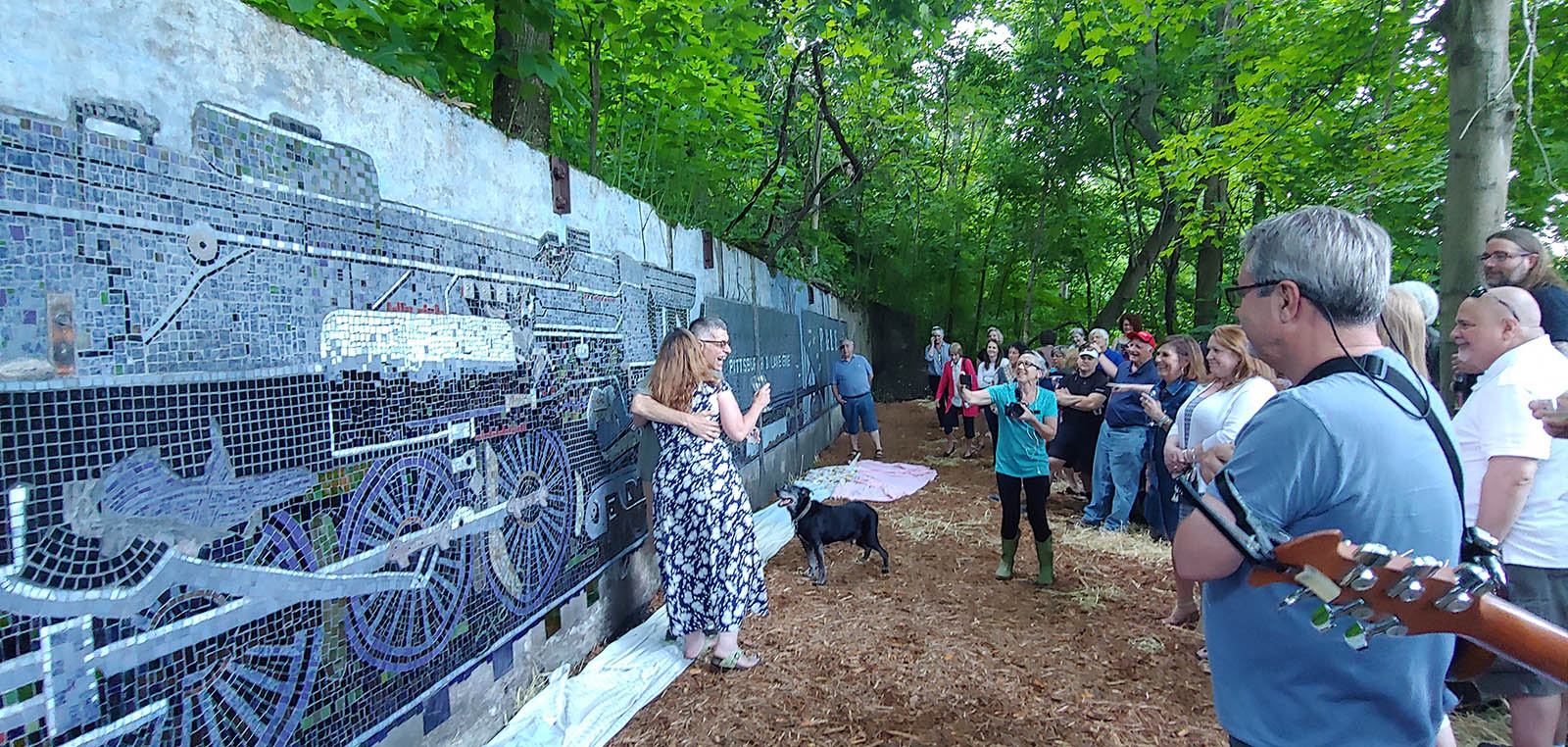 The rural setting of
The rural setting of 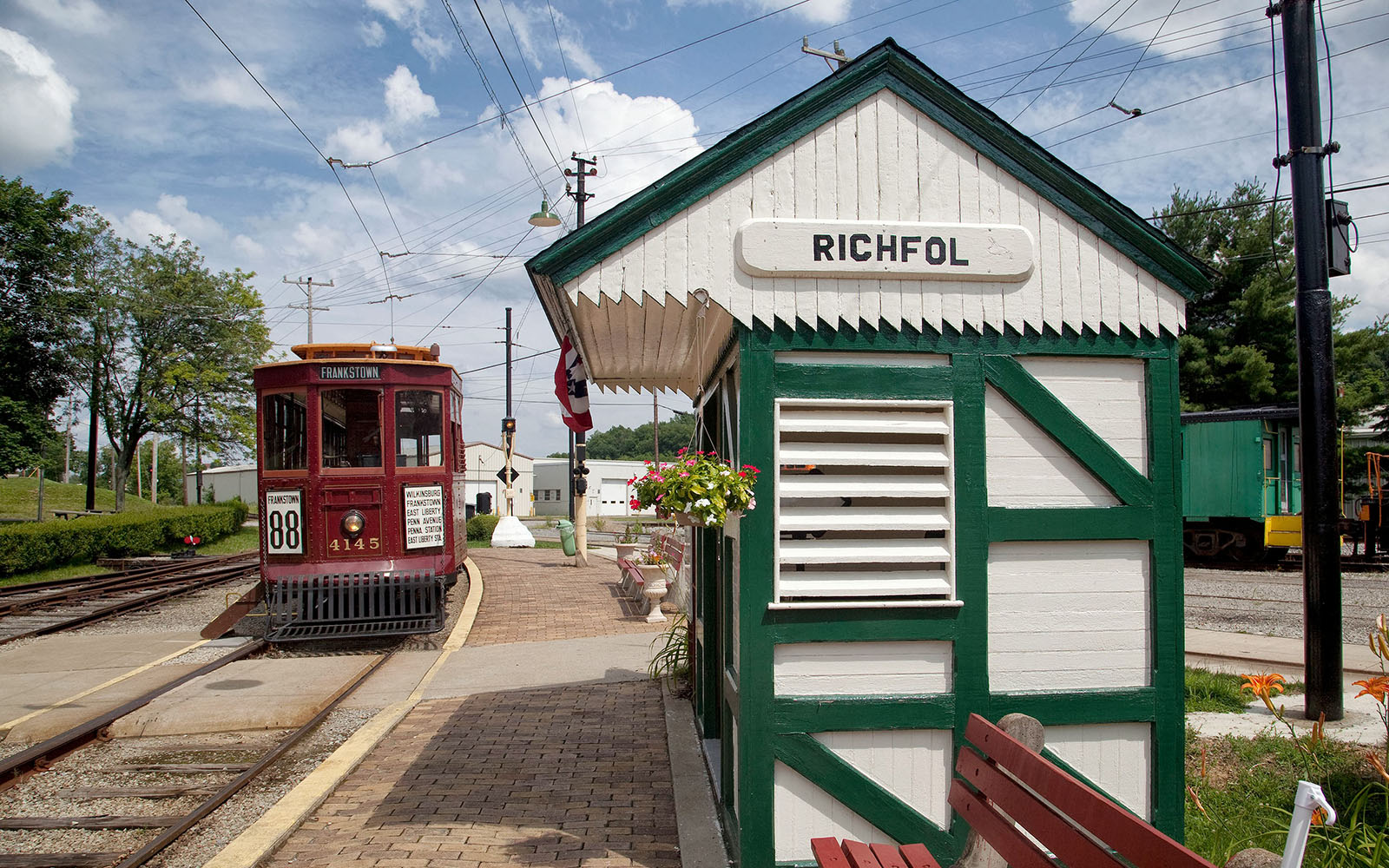 Before this region was known for steel, it was known for glass—and by 1920, 80% of the glass made in the U.S. was produced in the Pittsburgh area. Access to the rivers, abundant raw materials and coal supplies for fuel allowed the region to find huge success in the market west of the Appalachian Mountains. One renowned glassmaking company was Duncan and Miller Glass, whose roots can be traced to 1865 producing clear, colored, and patterned decorative glassware. Collectors of the company’s products can be found across the globe, and a large display of gorgeous sugar bowls, creamers, salt and pepper shakers, ash trays, shot glasses, plates, and vases are on display at the
Before this region was known for steel, it was known for glass—and by 1920, 80% of the glass made in the U.S. was produced in the Pittsburgh area. Access to the rivers, abundant raw materials and coal supplies for fuel allowed the region to find huge success in the market west of the Appalachian Mountains. One renowned glassmaking company was Duncan and Miller Glass, whose roots can be traced to 1865 producing clear, colored, and patterned decorative glassware. Collectors of the company’s products can be found across the globe, and a large display of gorgeous sugar bowls, creamers, salt and pepper shakers, ash trays, shot glasses, plates, and vases are on display at the 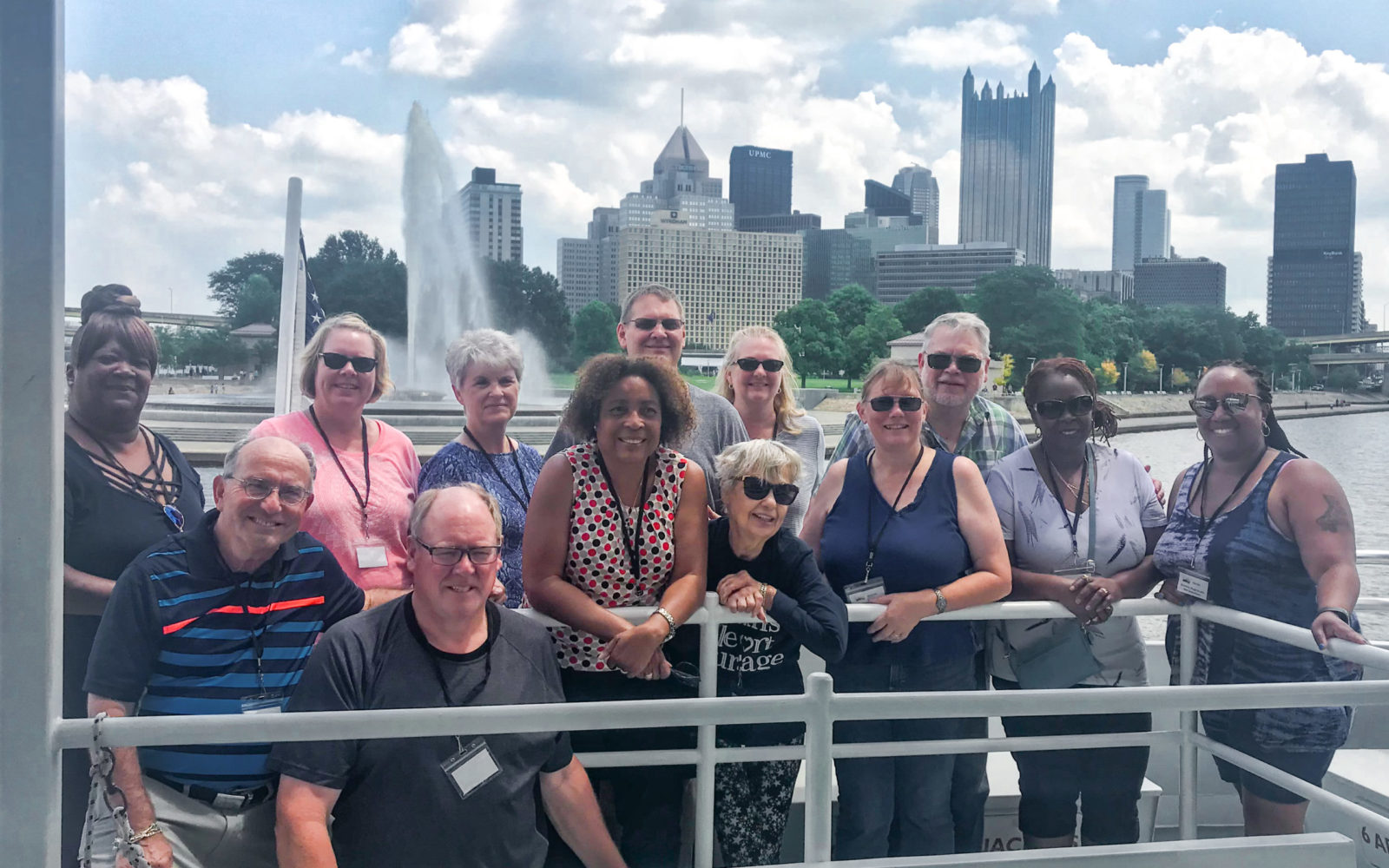
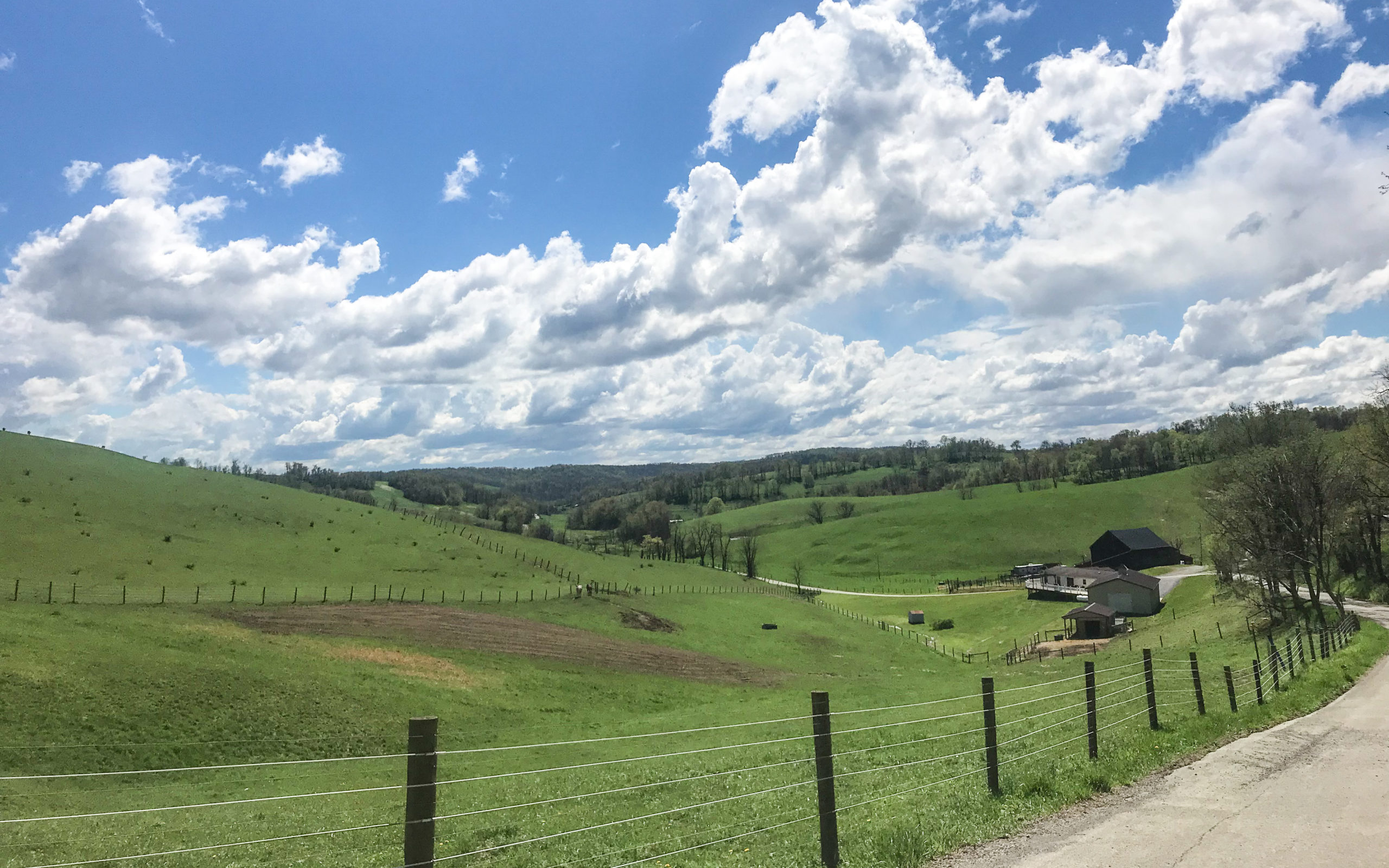 As a lifelong resident, I often marvel at how lucky I am to live in southwestern Pennsylvania. And as Rivers of Steel’s manager of tourism and visitor experience, I often tell tour operators how lucky their travelers would be to visit southwestern Pennsylvania! I work with them to design itineraries and orchestrate trips for groups traveling throughout the region. These experiences are shaped around a wide array of group interests: art, architecture, history, ethnic groups and ancestry, food and spirits, outdoor adventure, literature, seasonal sightseeing, and many more affinities. Rivers of Steel’s most popular tour, Babushkas and Hard Hats, gets to the heart of the Steel Town story by visiting sites that illuminate the ways industry and immigration have shaped our region. A highlight of the tour is a from-scratch meal served with love by Iron Oven. On the menu are stuffed cabbage, halušky, pierogis, and a Pittsburgh cookie table sampler. The smells and flavors never fail to evoke reminiscences of Grandma’s cooking. Keeping the past alive and creating new memories—that’s another part of the Spirit of Travel.
As a lifelong resident, I often marvel at how lucky I am to live in southwestern Pennsylvania. And as Rivers of Steel’s manager of tourism and visitor experience, I often tell tour operators how lucky their travelers would be to visit southwestern Pennsylvania! I work with them to design itineraries and orchestrate trips for groups traveling throughout the region. These experiences are shaped around a wide array of group interests: art, architecture, history, ethnic groups and ancestry, food and spirits, outdoor adventure, literature, seasonal sightseeing, and many more affinities. Rivers of Steel’s most popular tour, Babushkas and Hard Hats, gets to the heart of the Steel Town story by visiting sites that illuminate the ways industry and immigration have shaped our region. A highlight of the tour is a from-scratch meal served with love by Iron Oven. On the menu are stuffed cabbage, halušky, pierogis, and a Pittsburgh cookie table sampler. The smells and flavors never fail to evoke reminiscences of Grandma’s cooking. Keeping the past alive and creating new memories—that’s another part of the Spirit of Travel.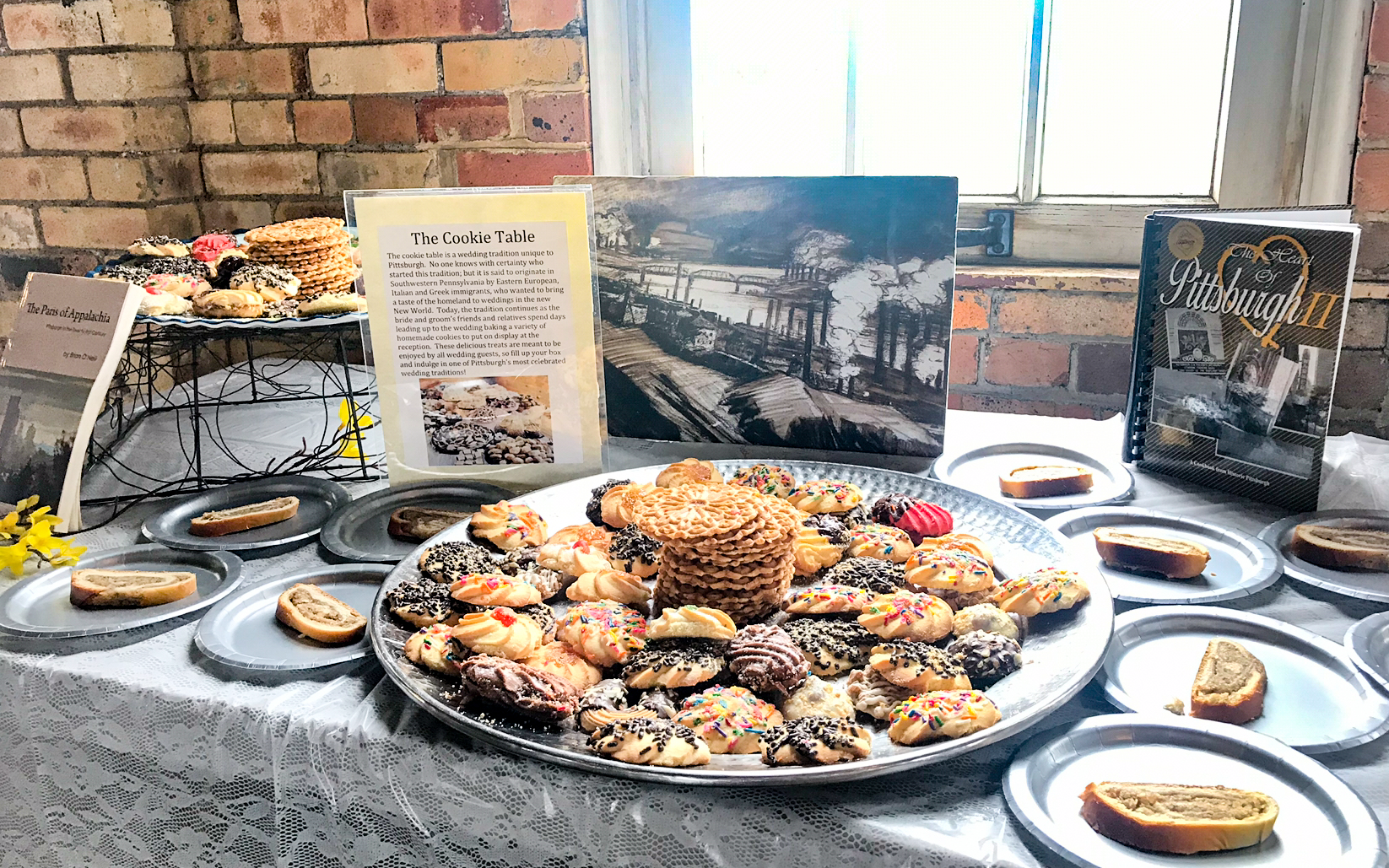 The elements of an itinerary would be meaningless without the ambassadors who bring their stories to life. In every corner of the Rivers of Steel National Heritage Area, there are history buffs, artists, performers, cooks, art lovers, outdoor enthusiasts, sports fans and locals whose passion and hospitality are a tangible part of the Spirit of Travel. Their authenticity and hard work are also an
The elements of an itinerary would be meaningless without the ambassadors who bring their stories to life. In every corner of the Rivers of Steel National Heritage Area, there are history buffs, artists, performers, cooks, art lovers, outdoor enthusiasts, sports fans and locals whose passion and hospitality are a tangible part of the Spirit of Travel. Their authenticity and hard work are also an 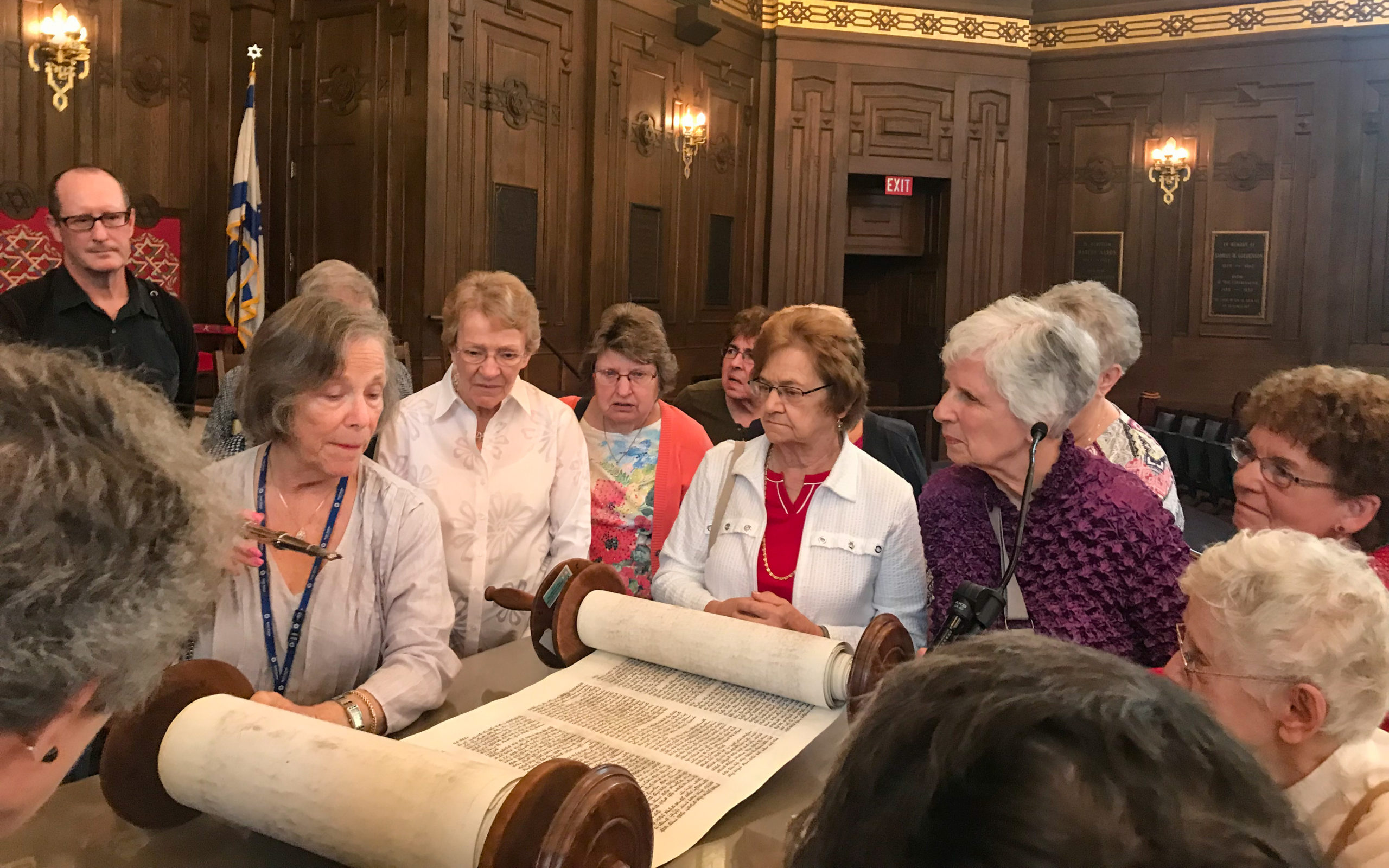 Many have imagined the various ways that travel—and everything—will be different in the post-COVID-19 world. Travelers will be more tentative at first. The health and safety measures will be more visible. The smiles on our faces may be covered by facemasks. What it will look like is yet to be determined, but I’m certain that at its core the Spirit of Travel will remain the same. In the coming week, we invite you to check out our social media pages daily to see how Rivers of Steel keeps that spirit alive throughout the Heritage Area.
Many have imagined the various ways that travel—and everything—will be different in the post-COVID-19 world. Travelers will be more tentative at first. The health and safety measures will be more visible. The smiles on our faces may be covered by facemasks. What it will look like is yet to be determined, but I’m certain that at its core the Spirit of Travel will remain the same. In the coming week, we invite you to check out our social media pages daily to see how Rivers of Steel keeps that spirit alive throughout the Heritage Area.
